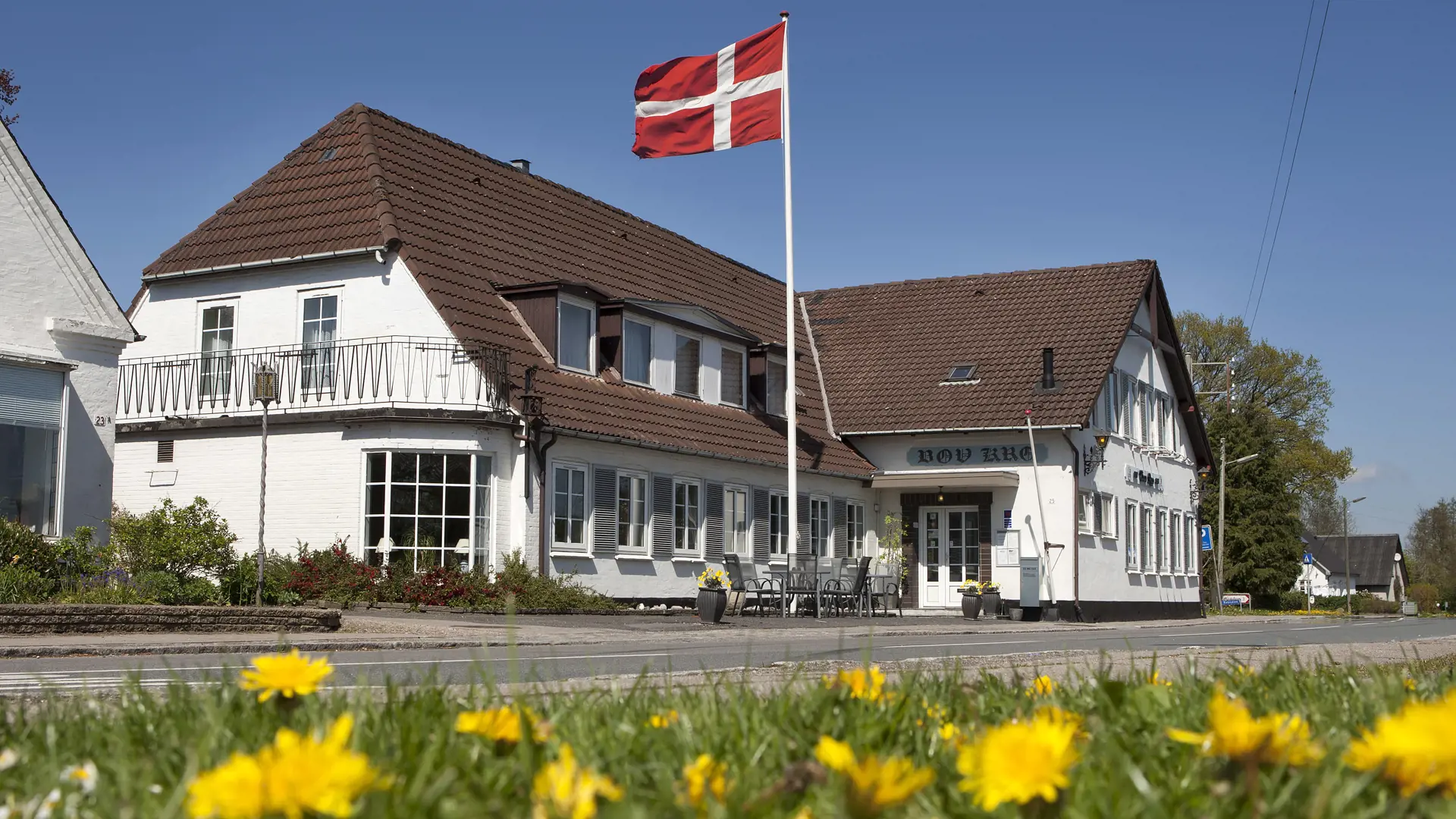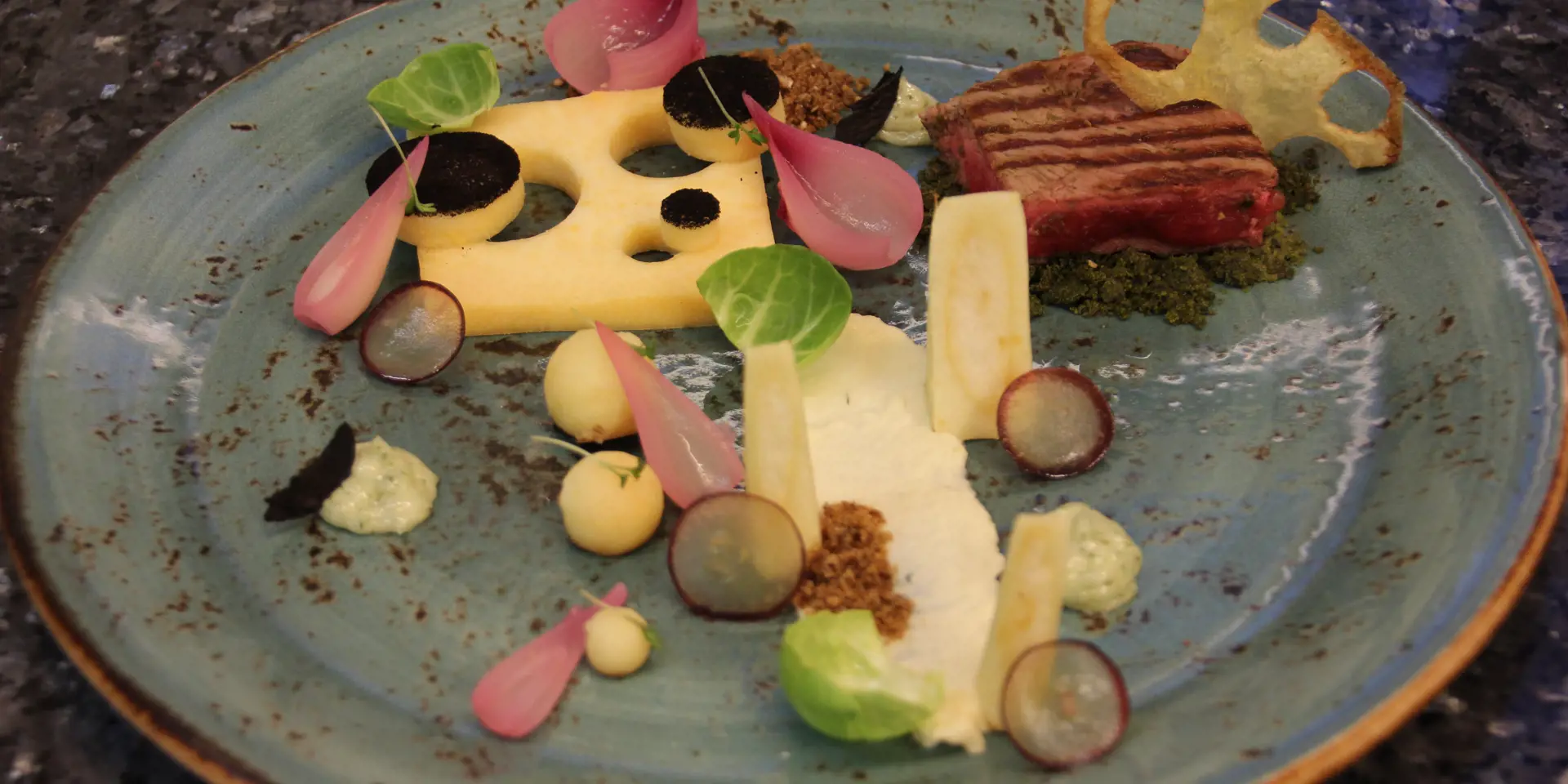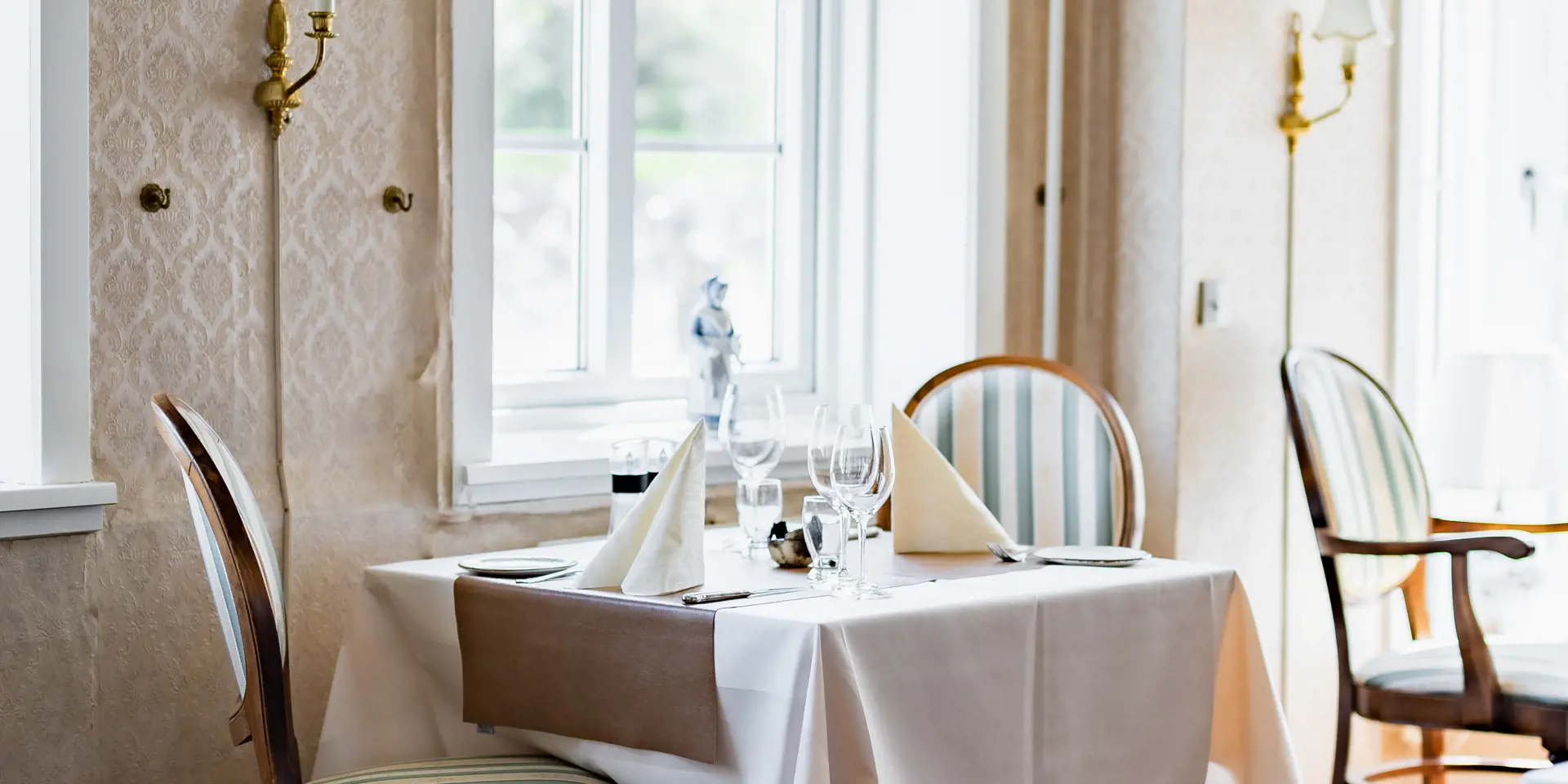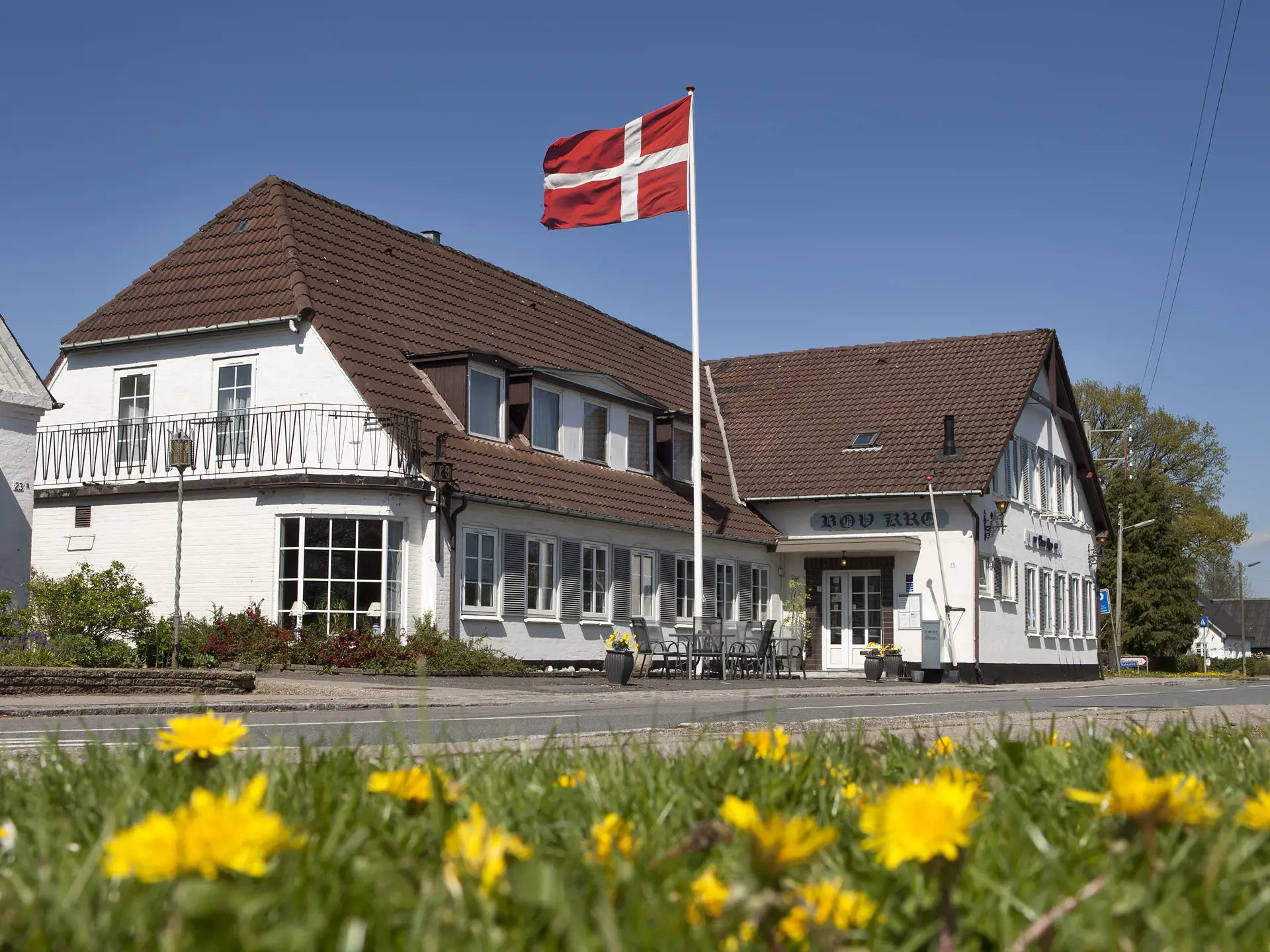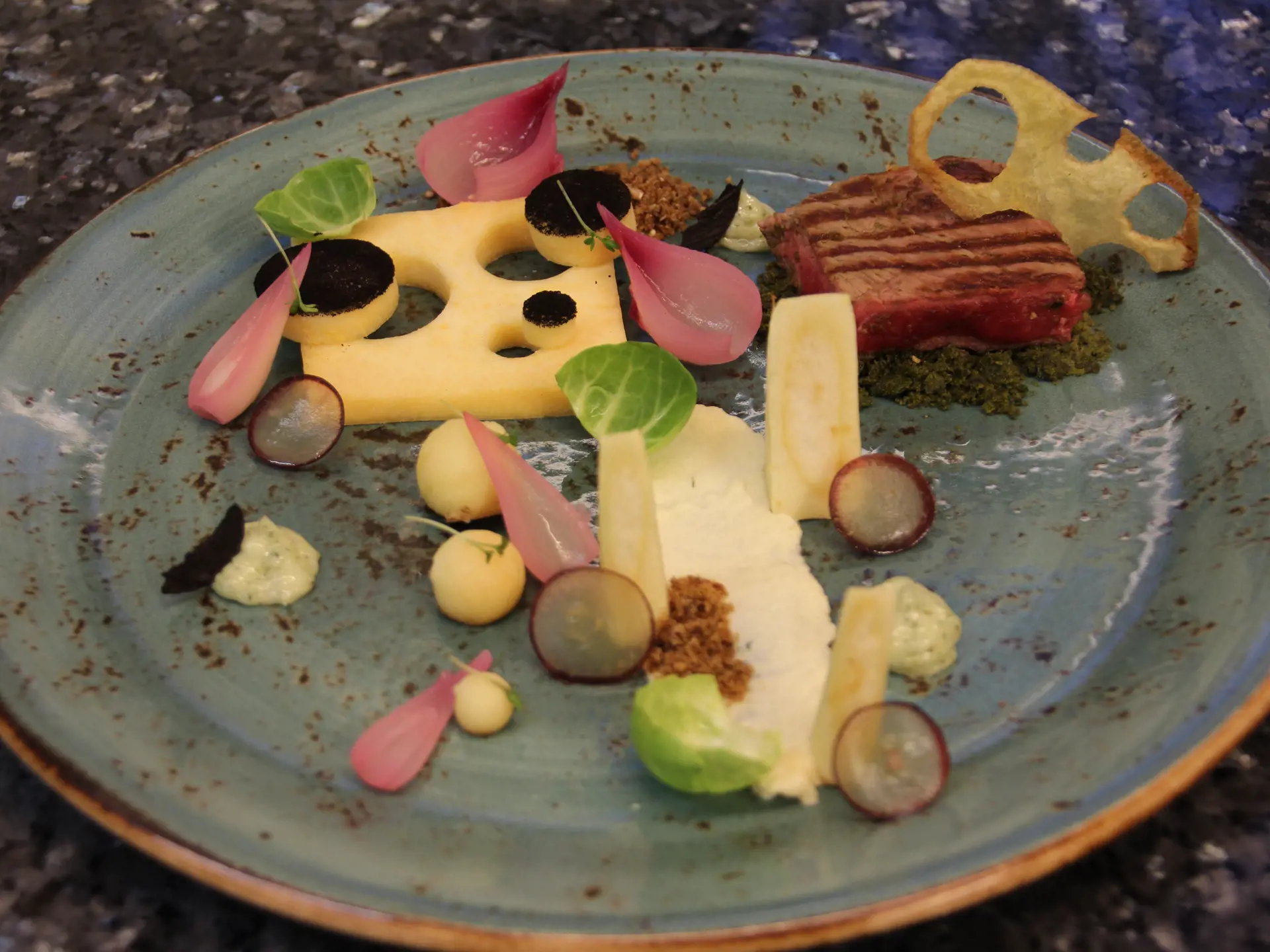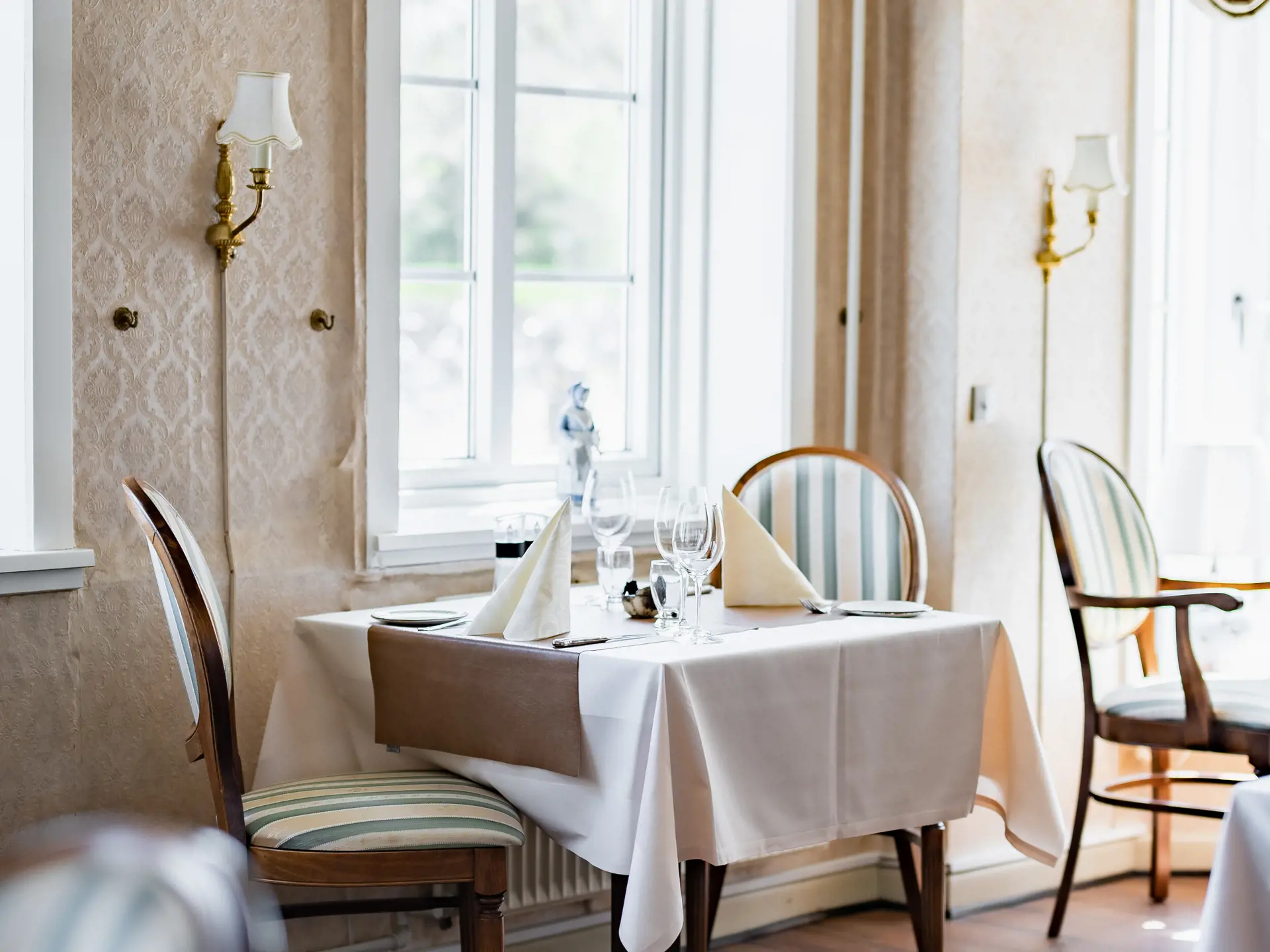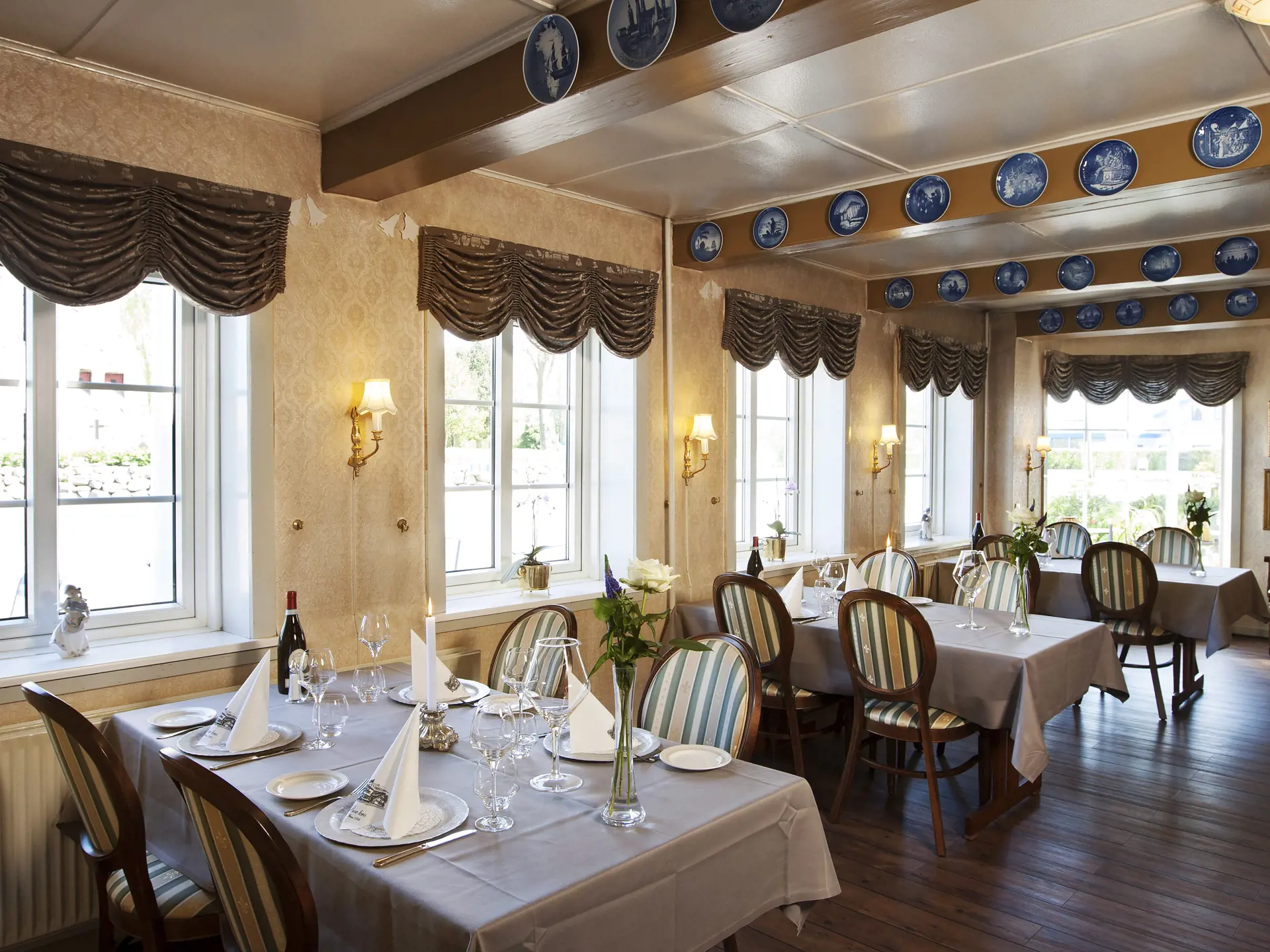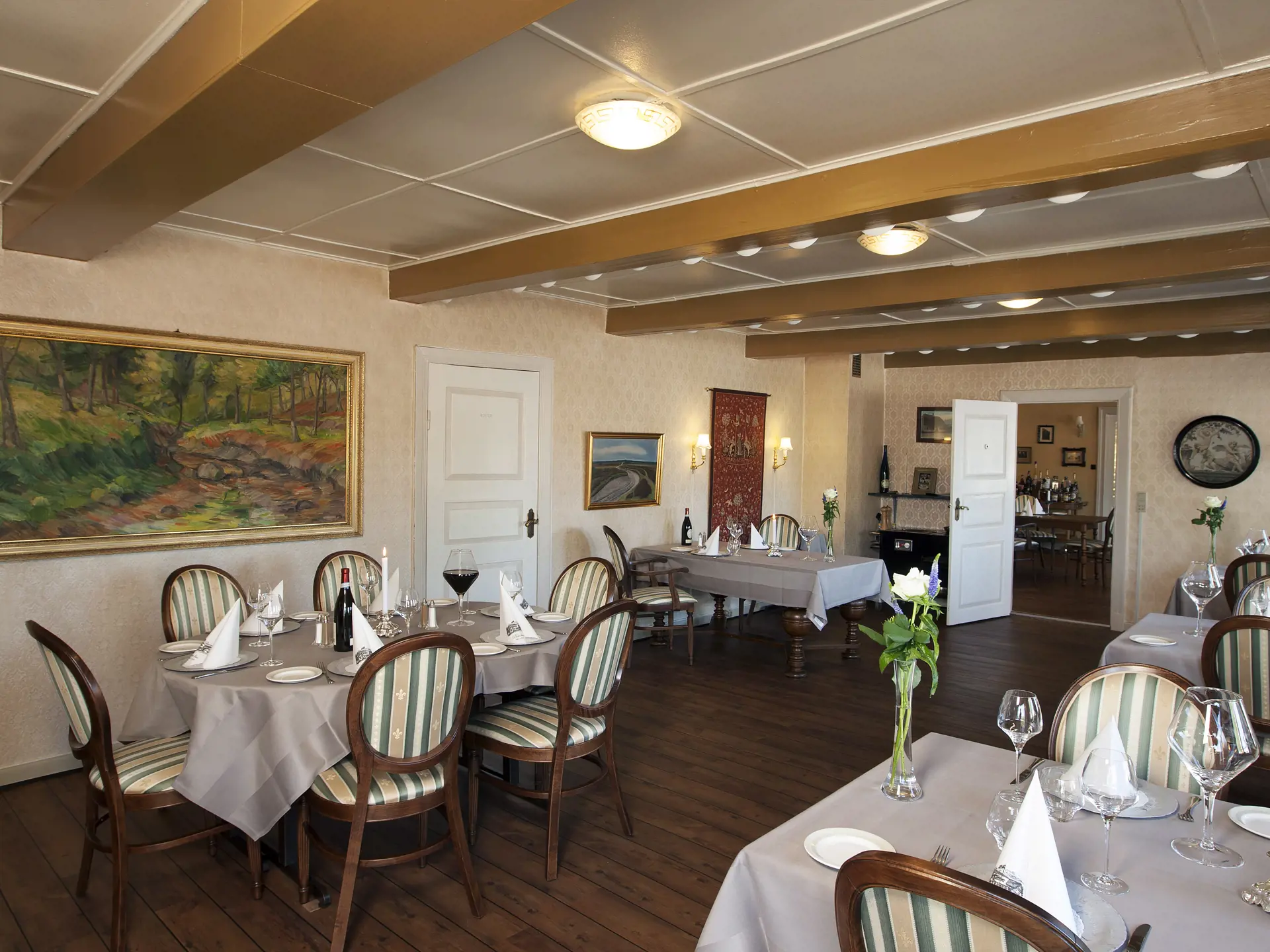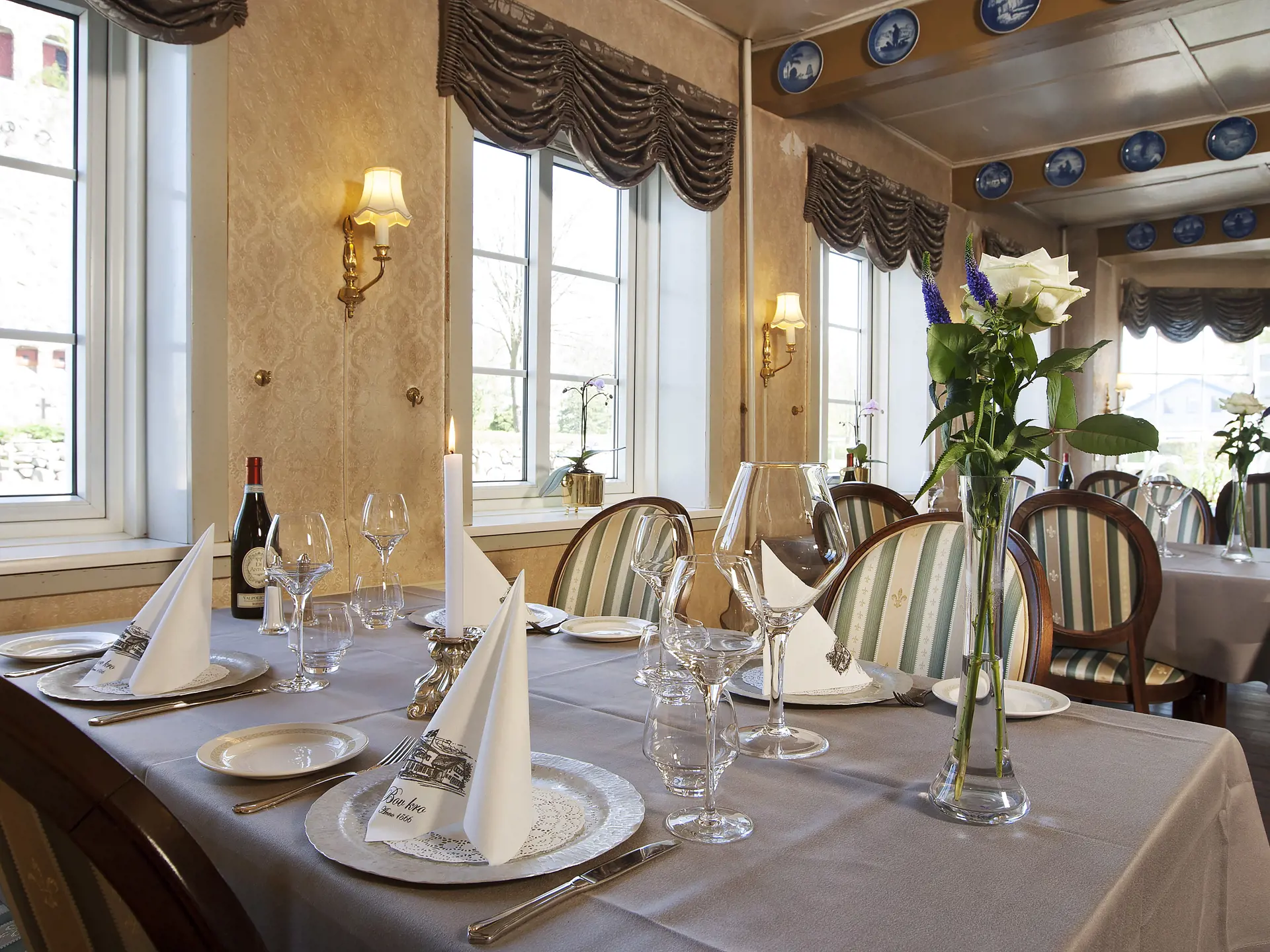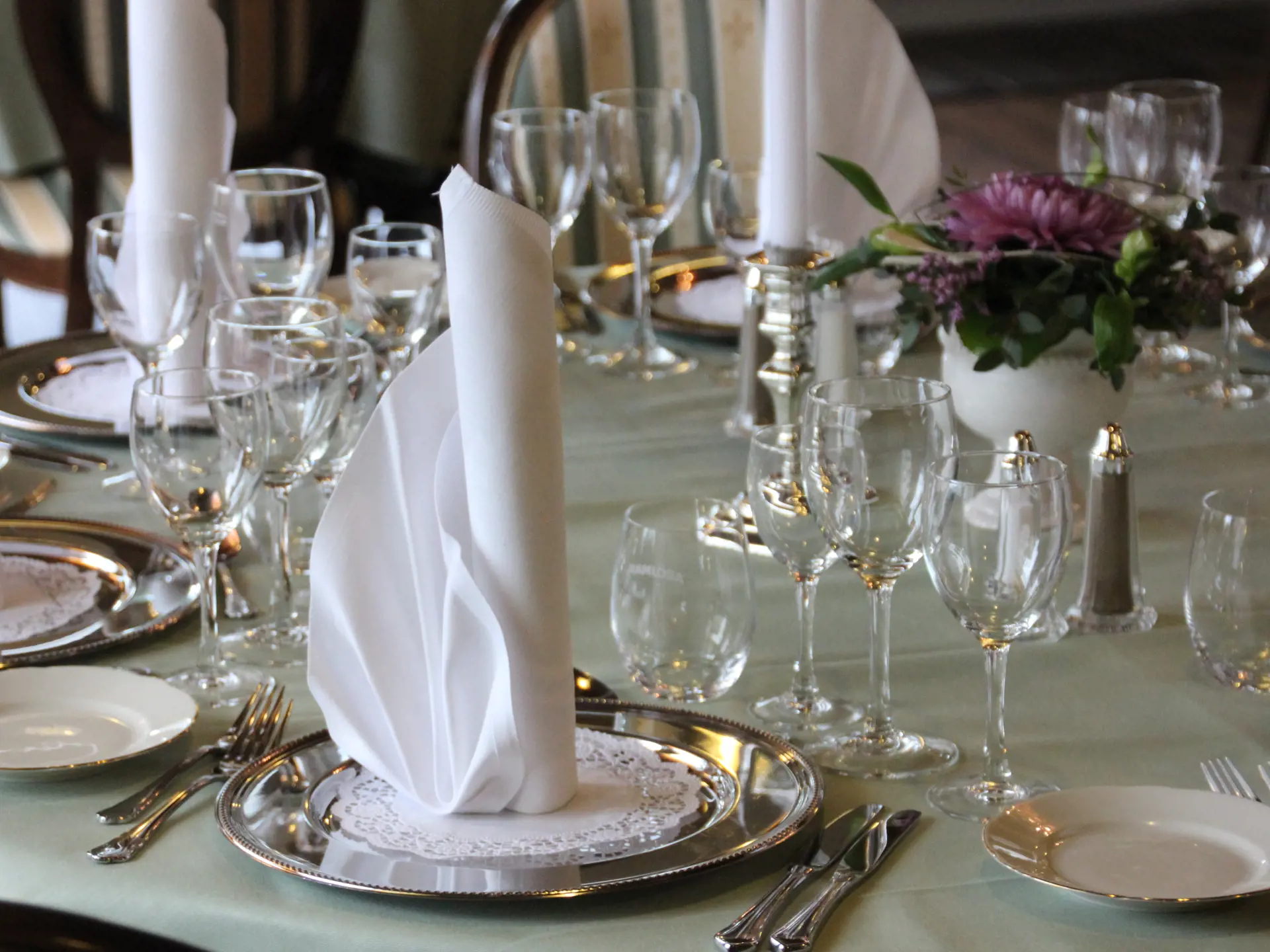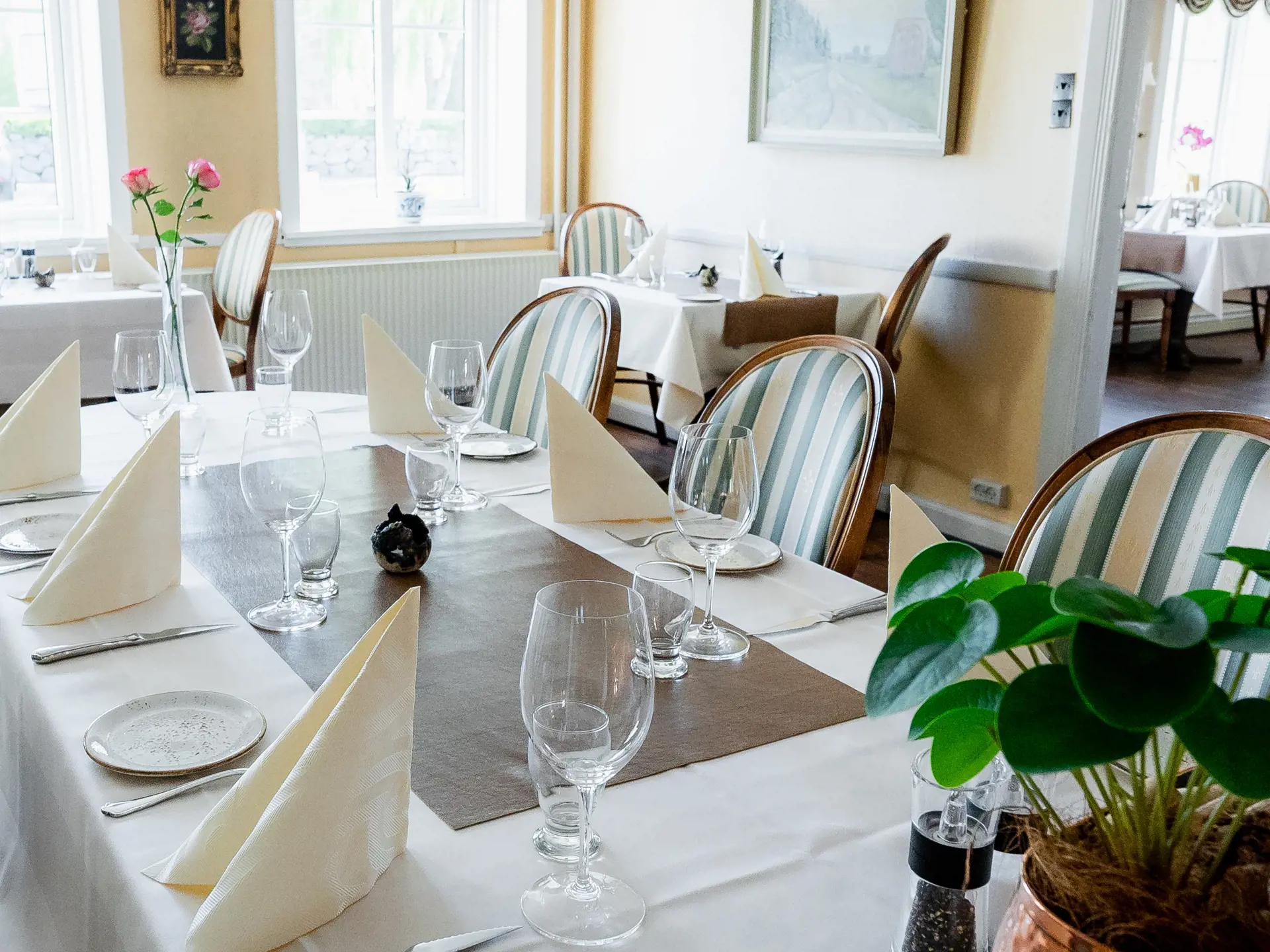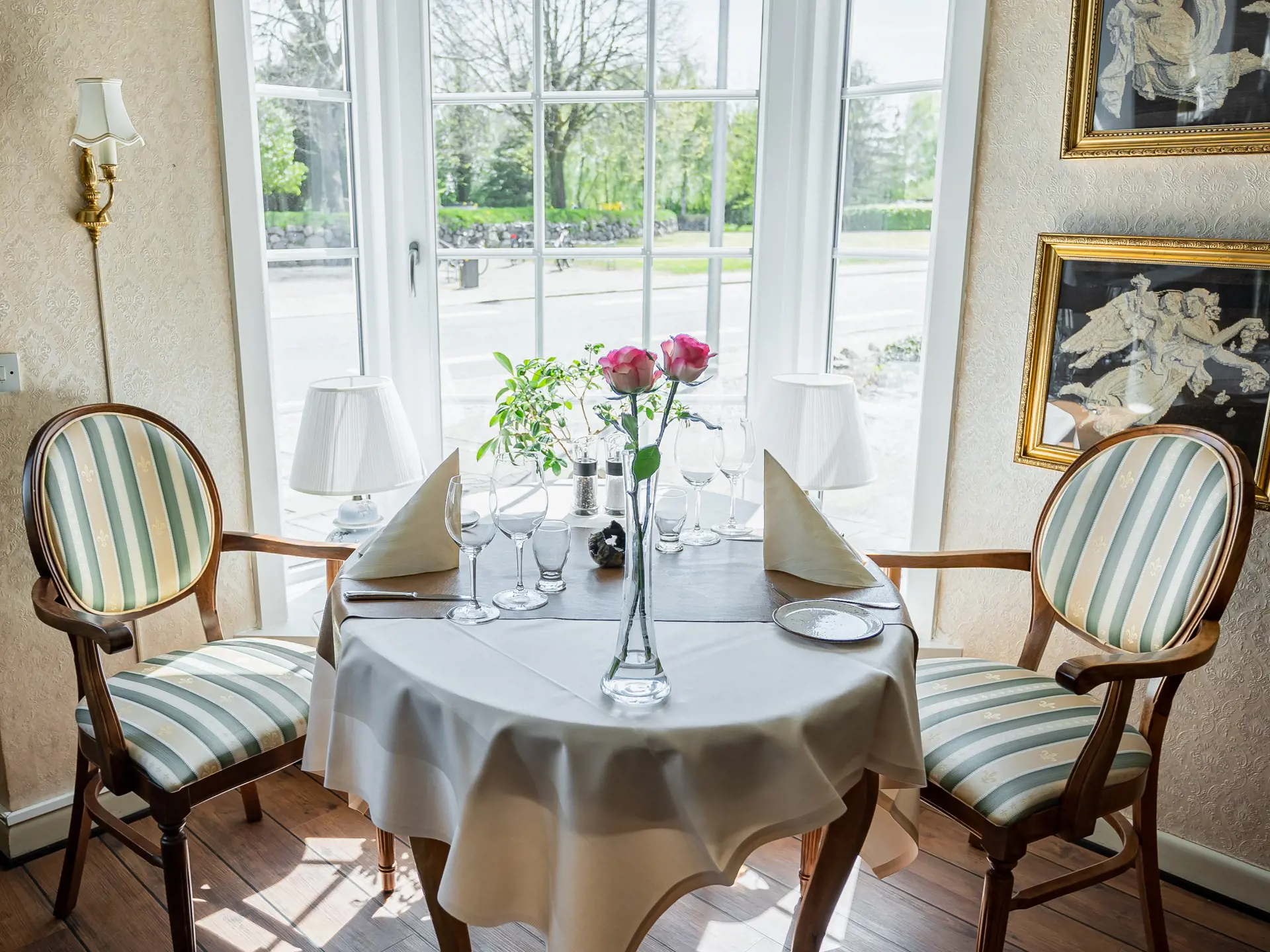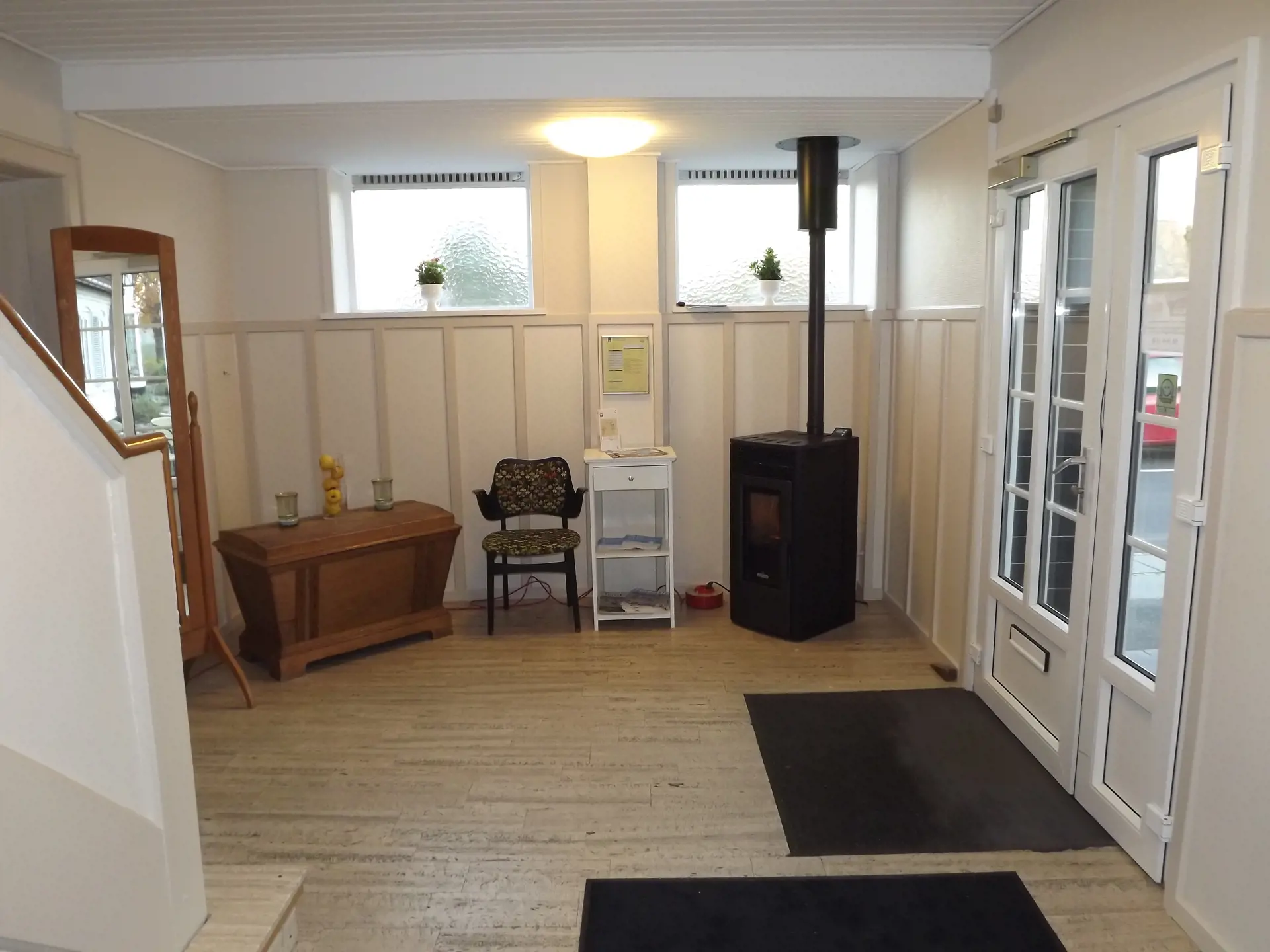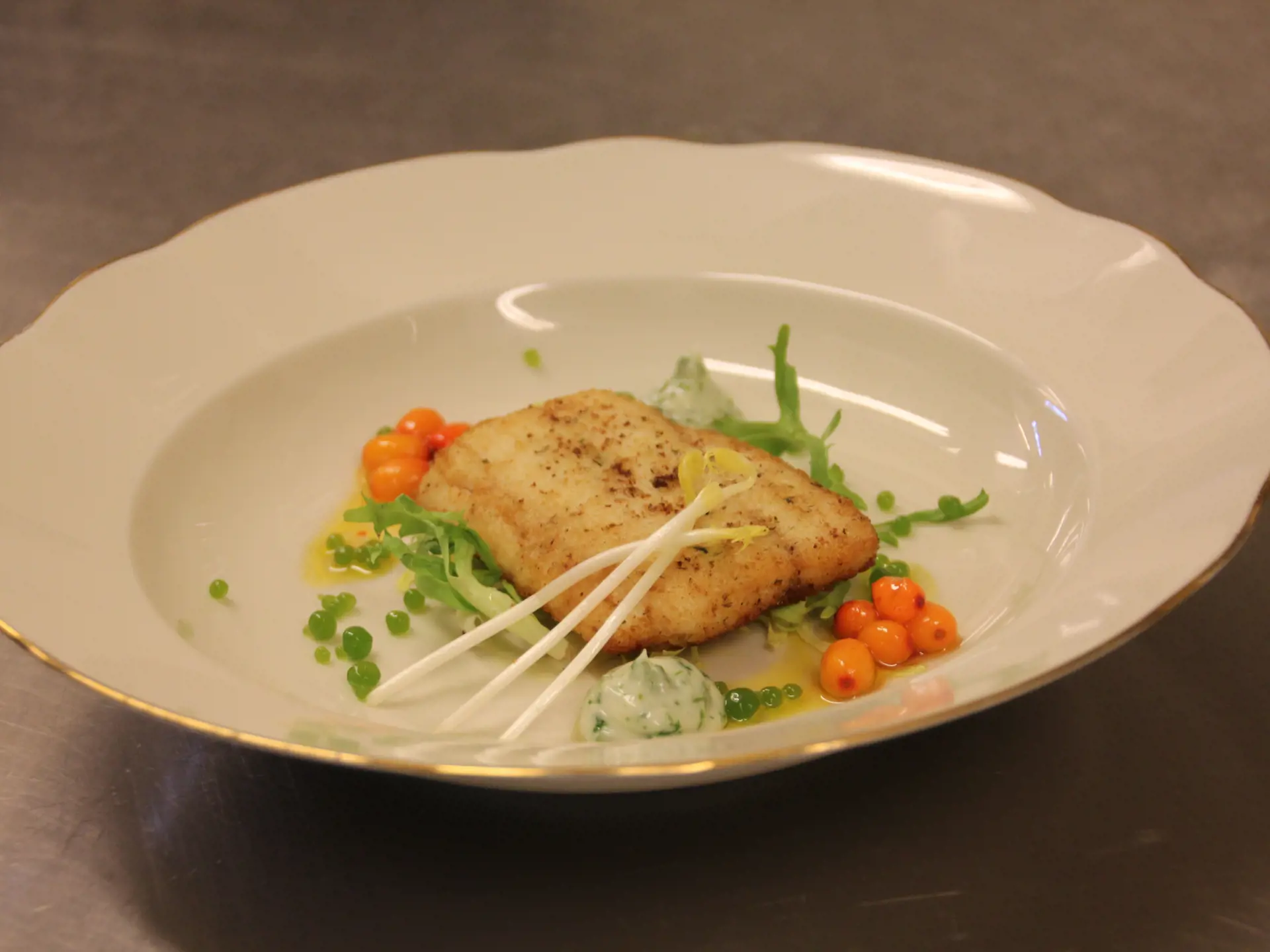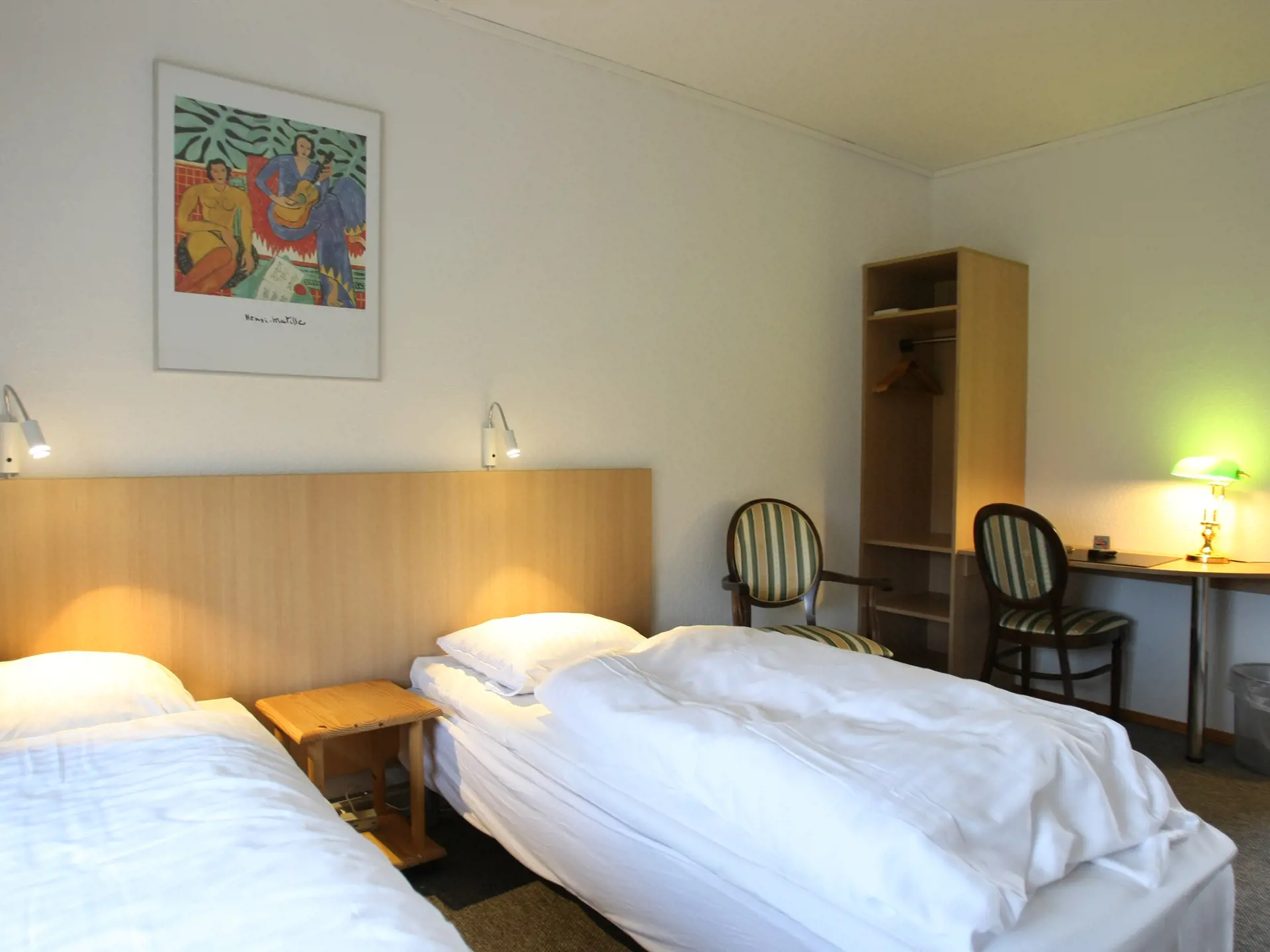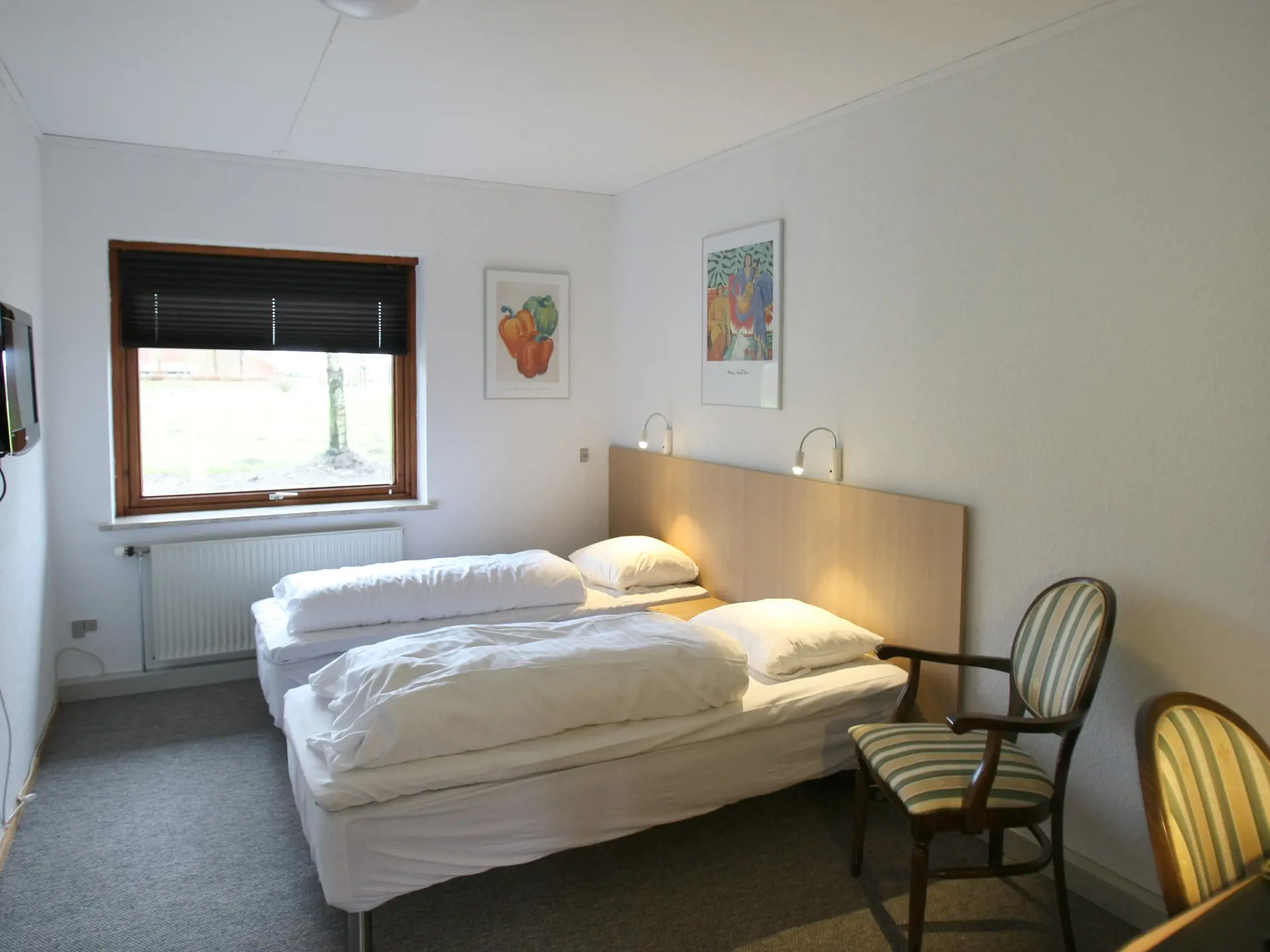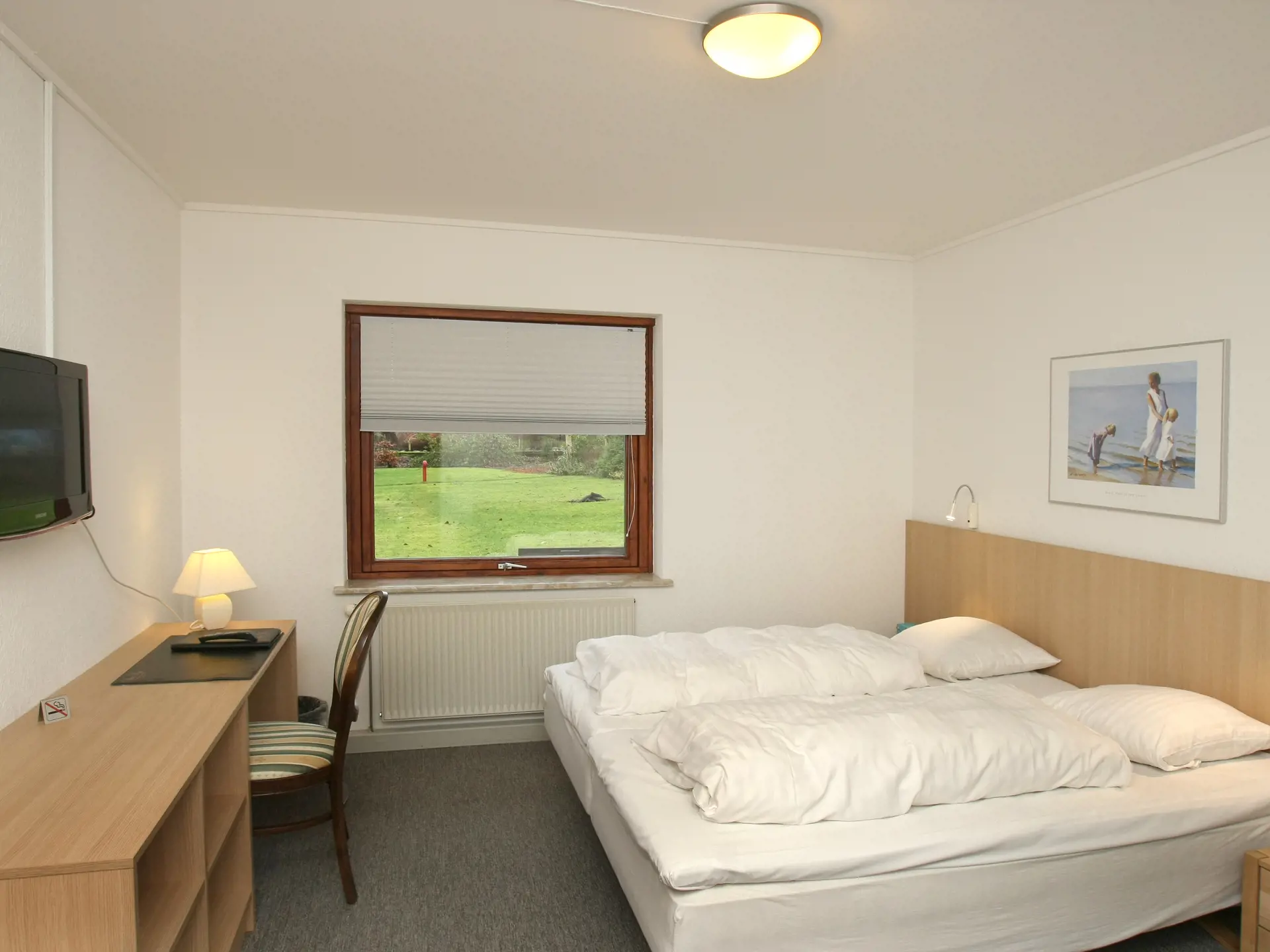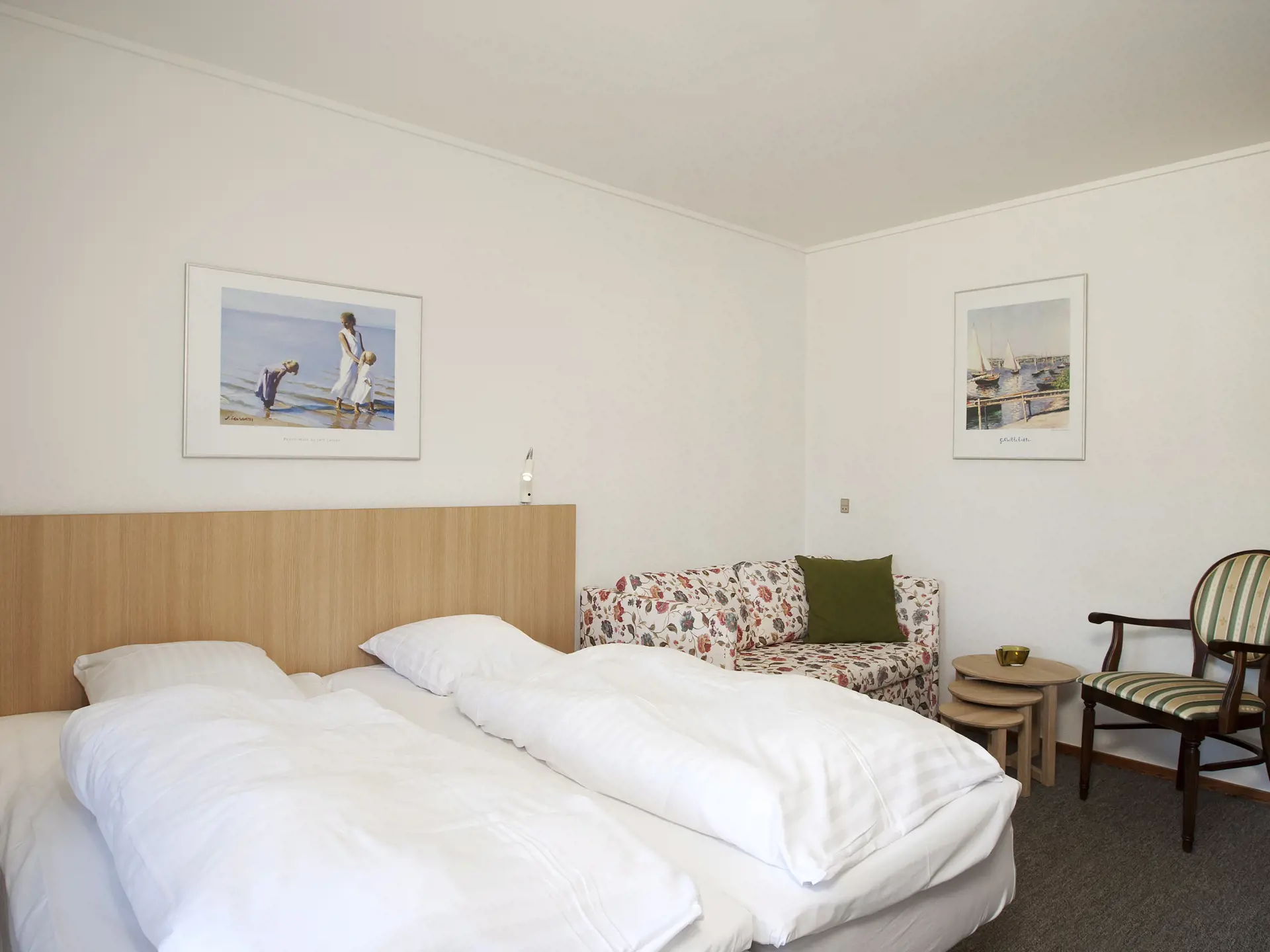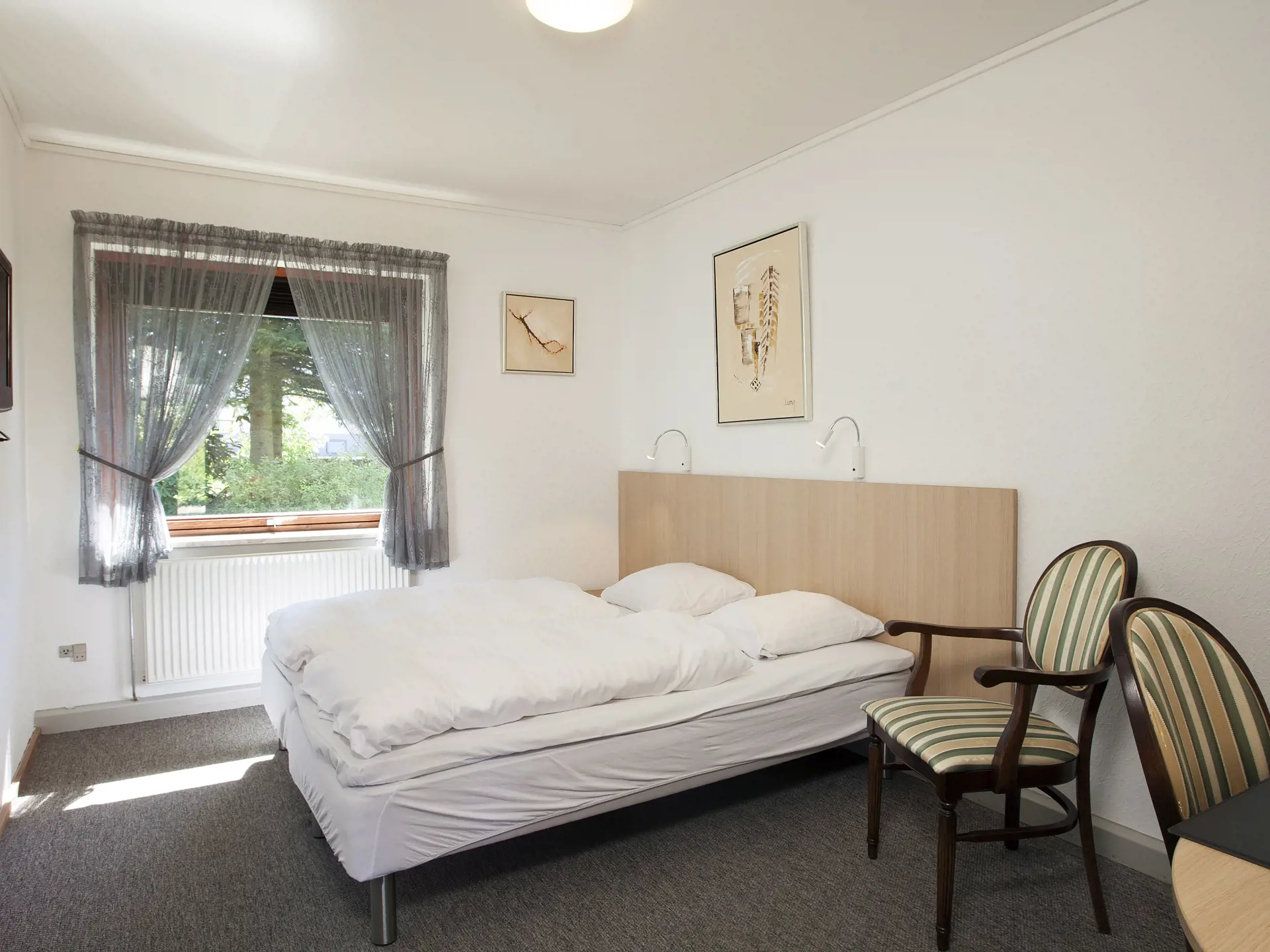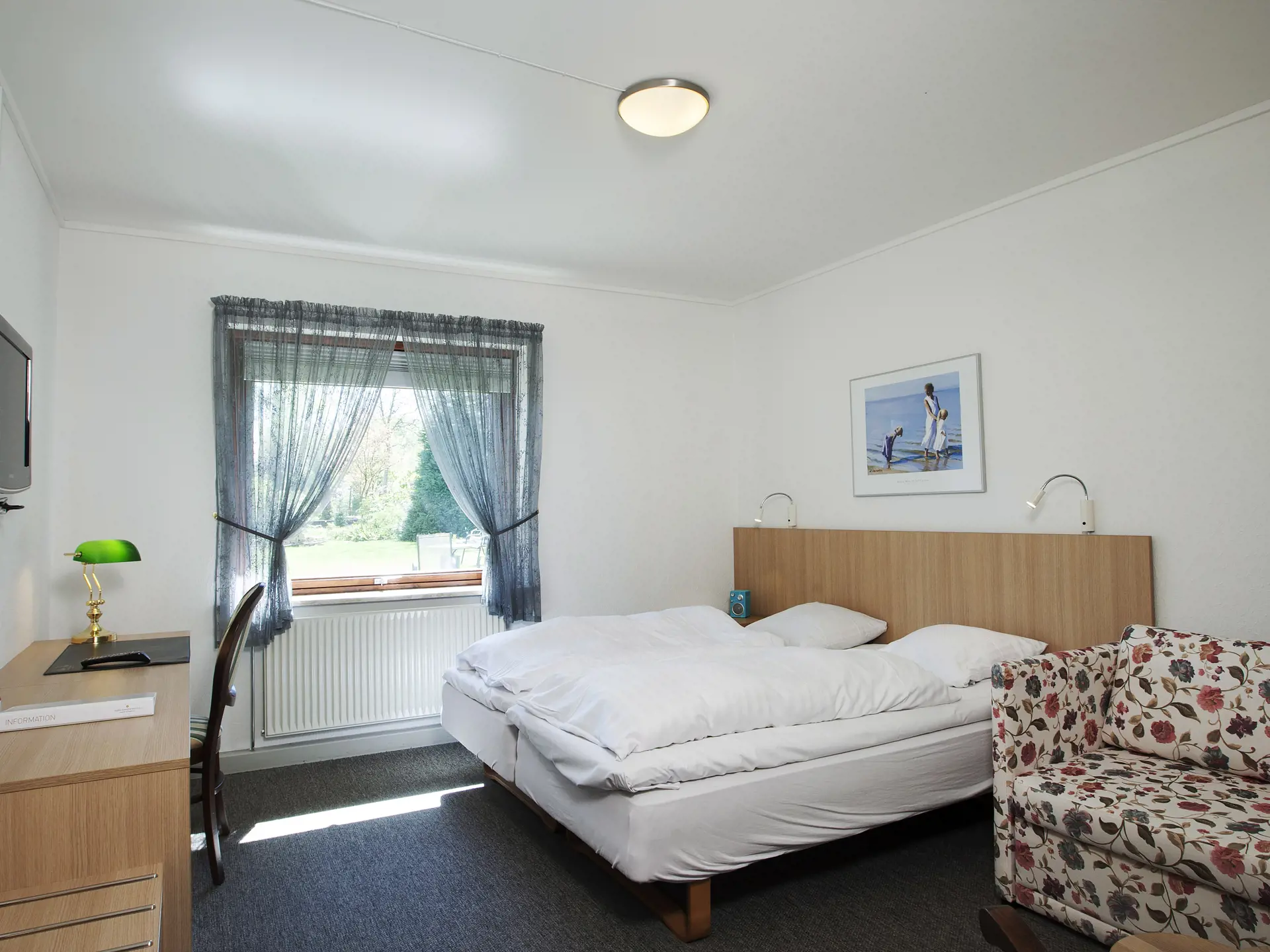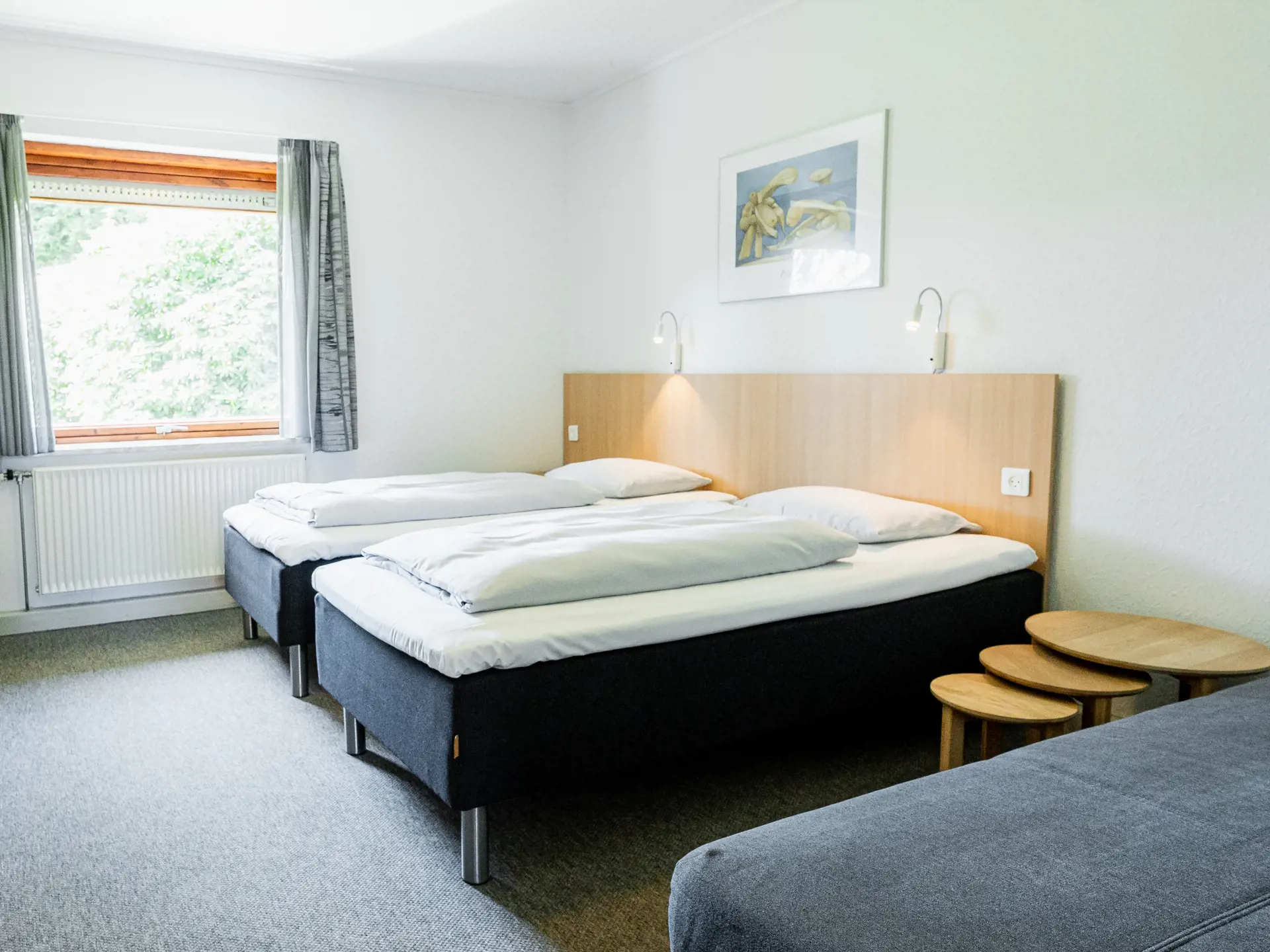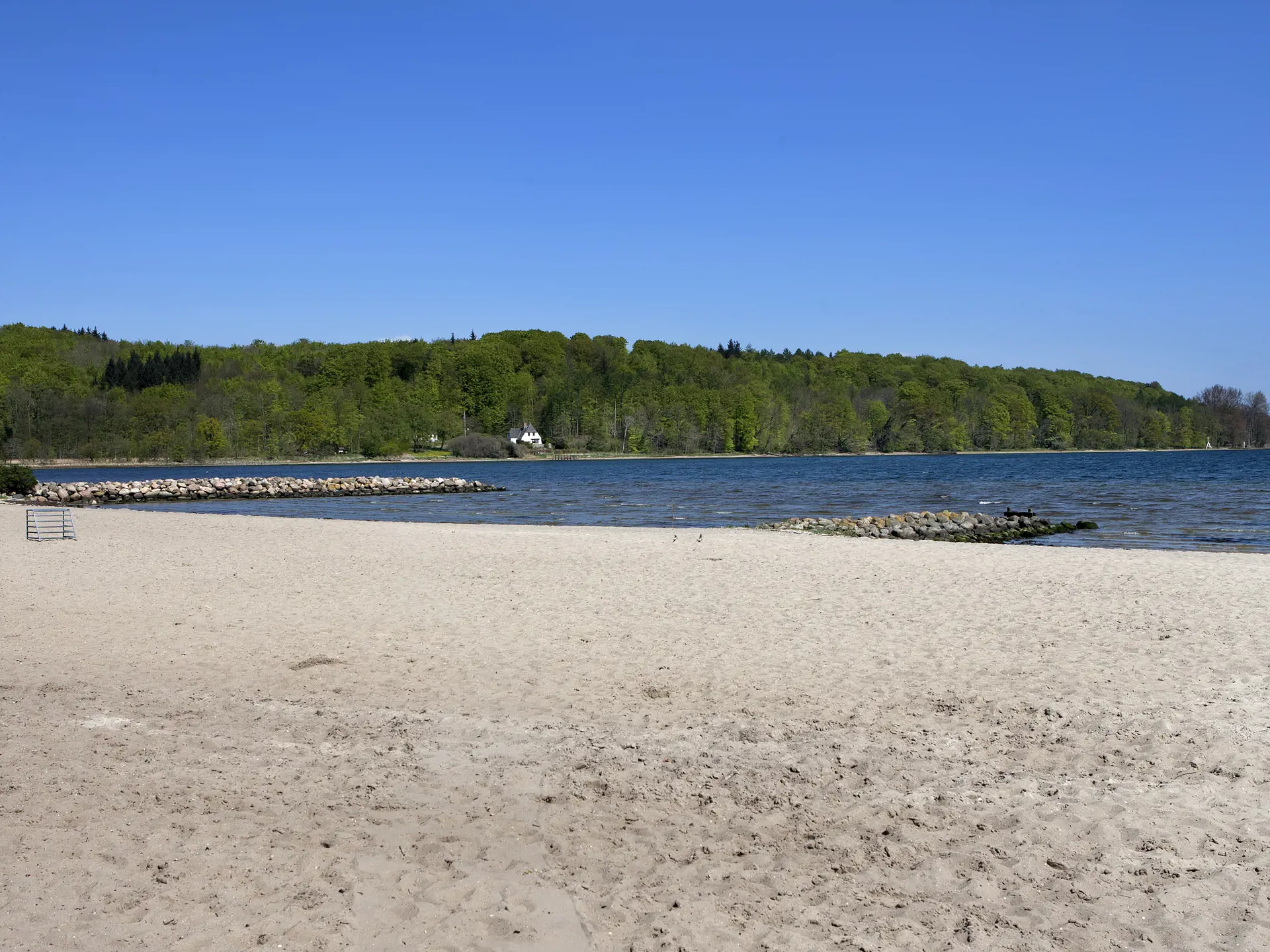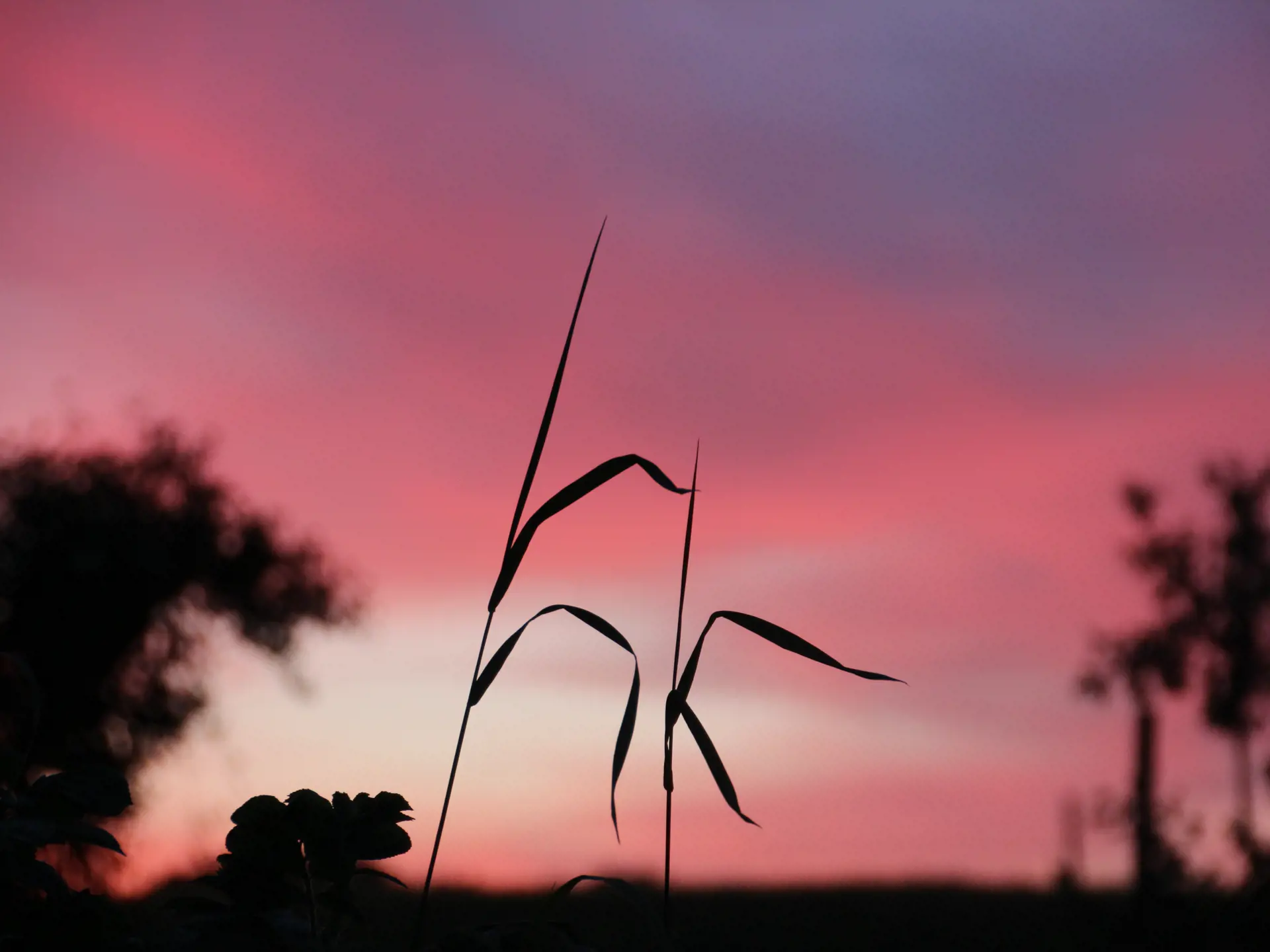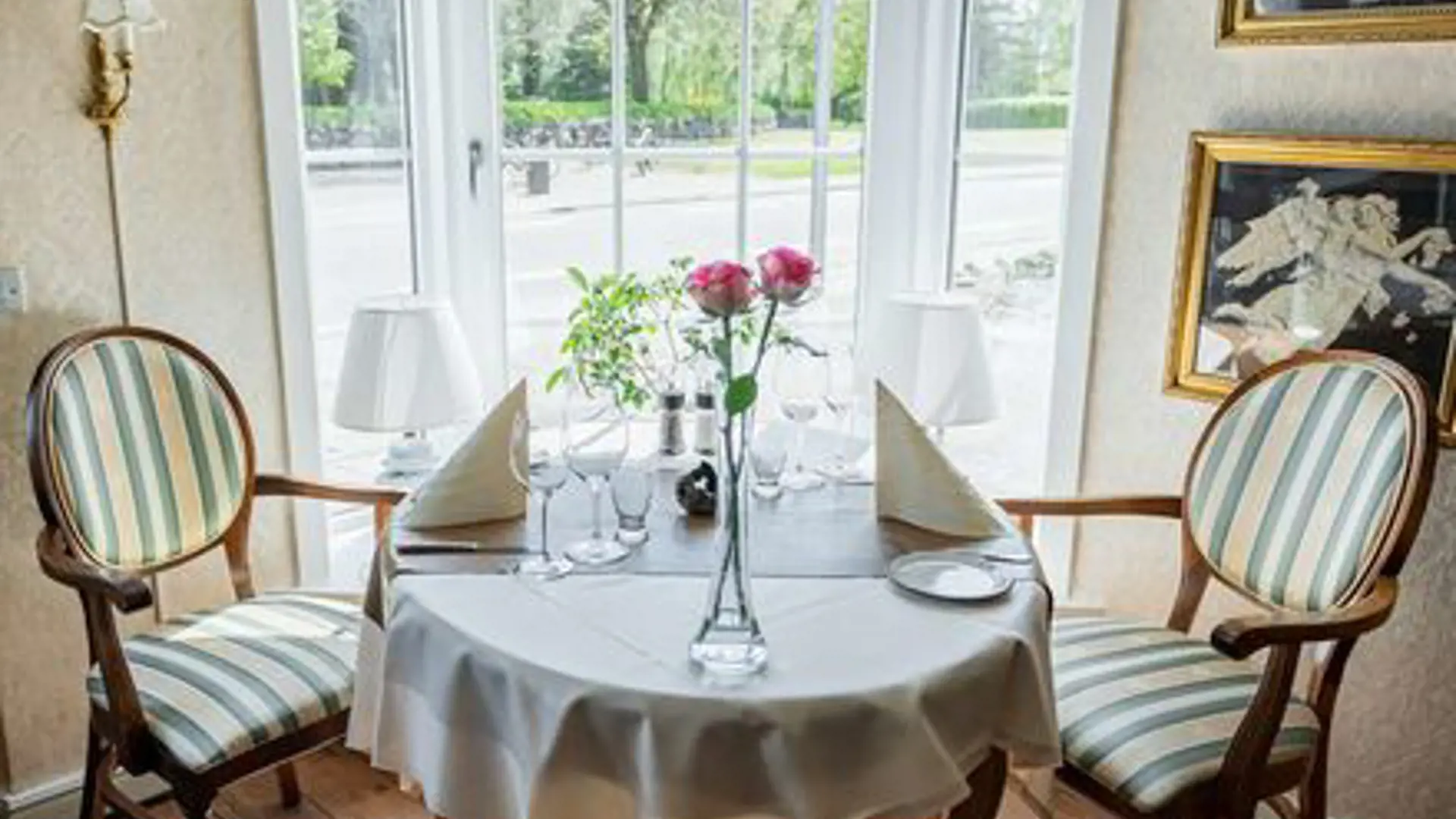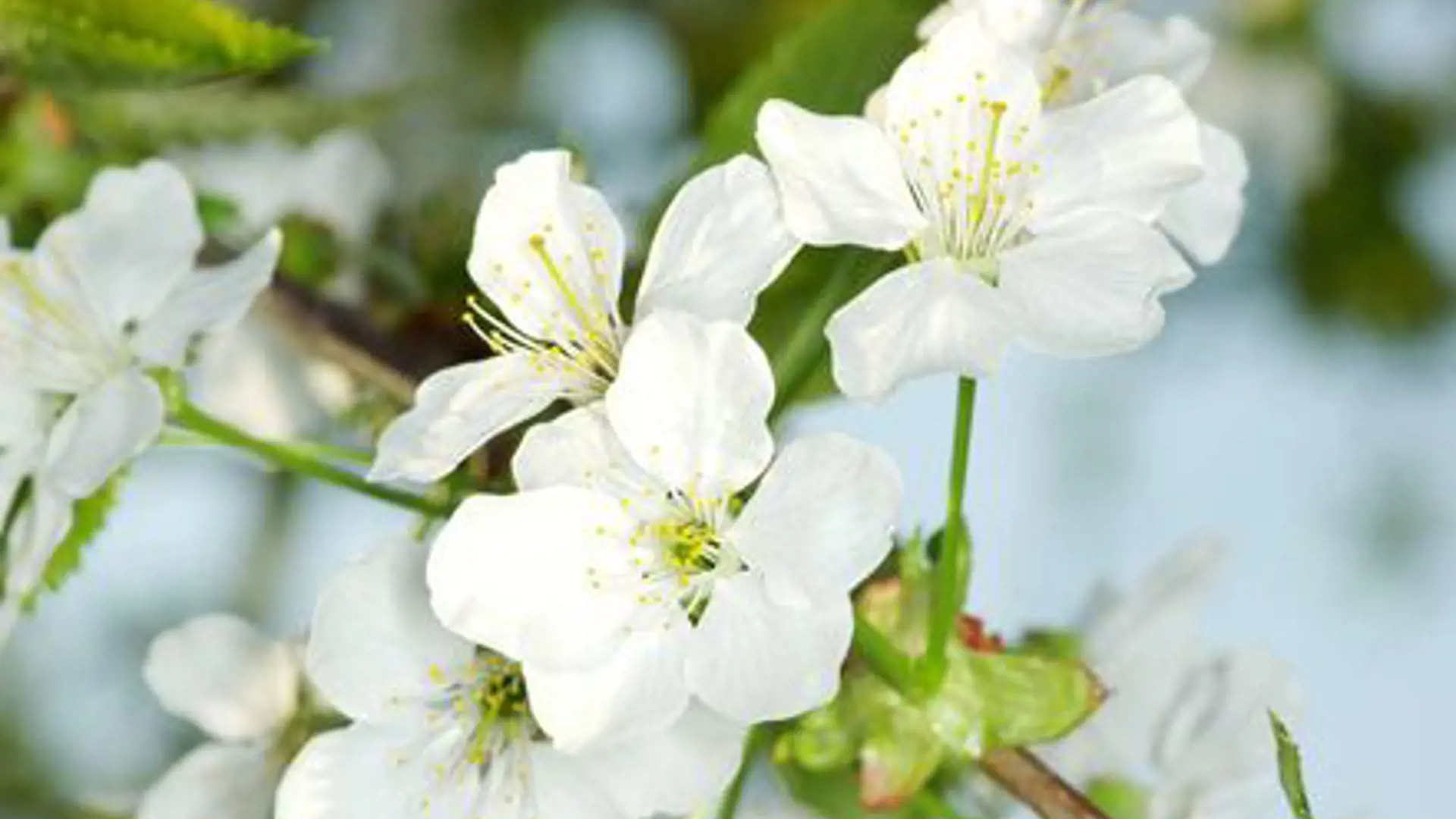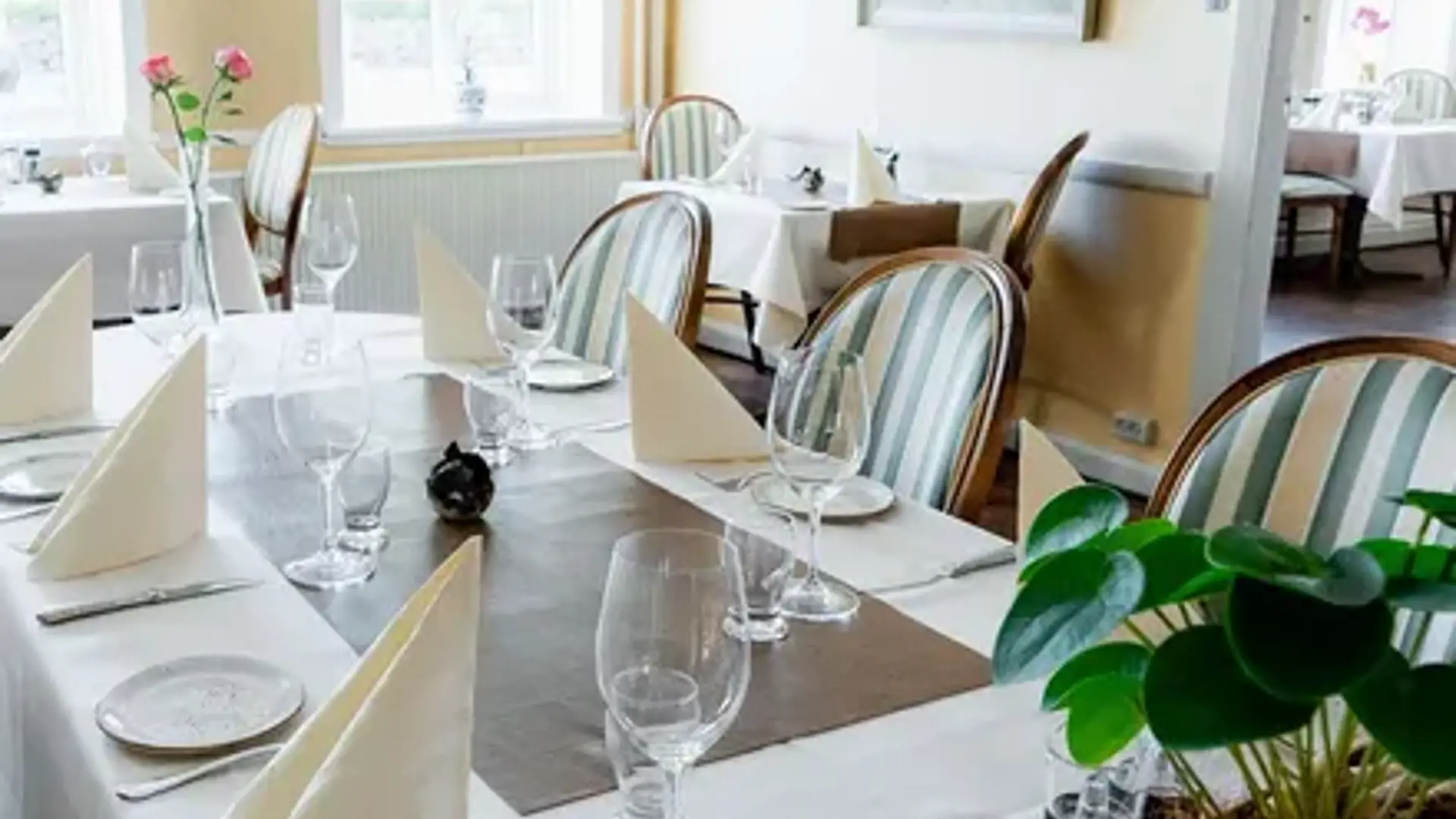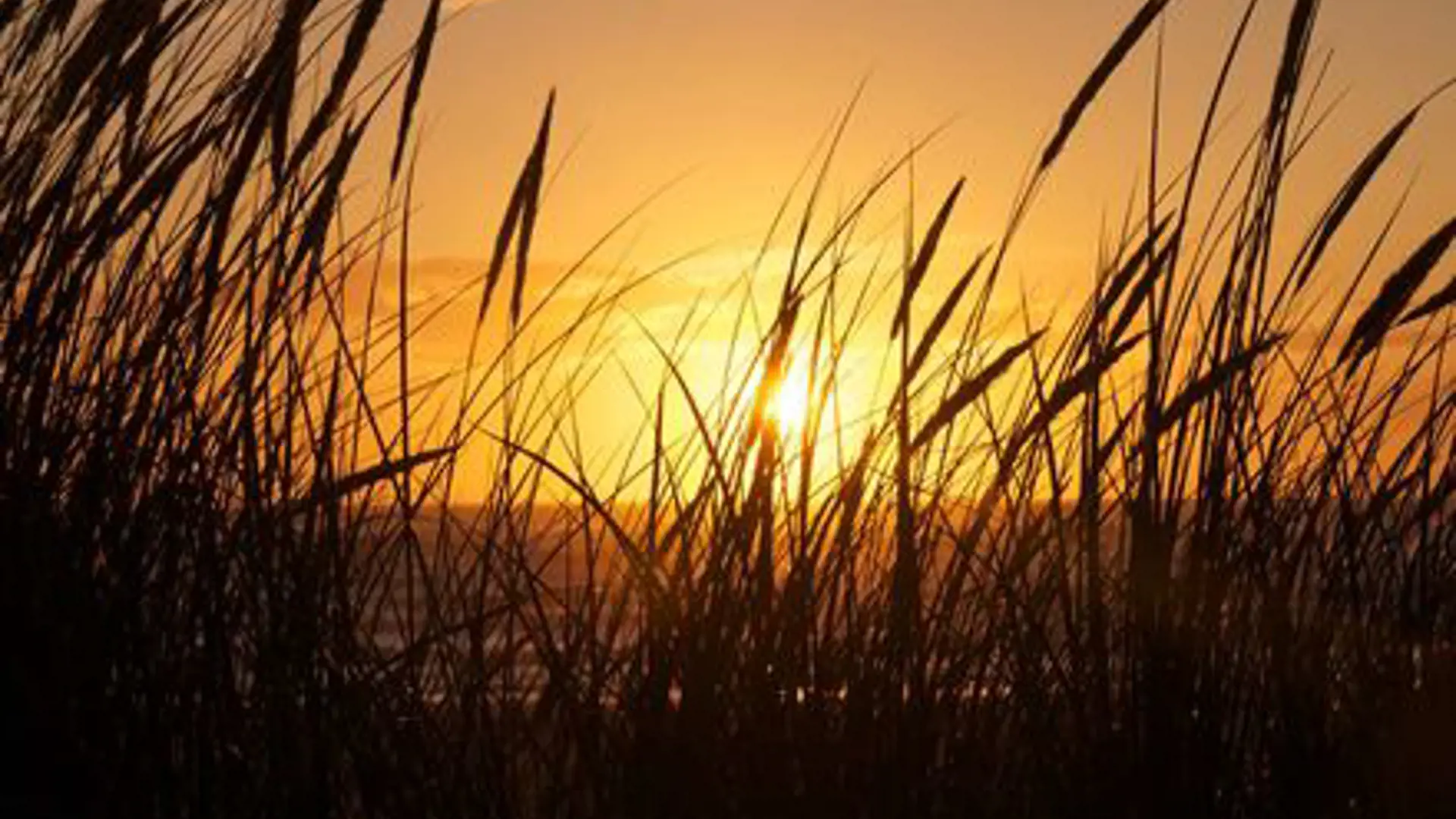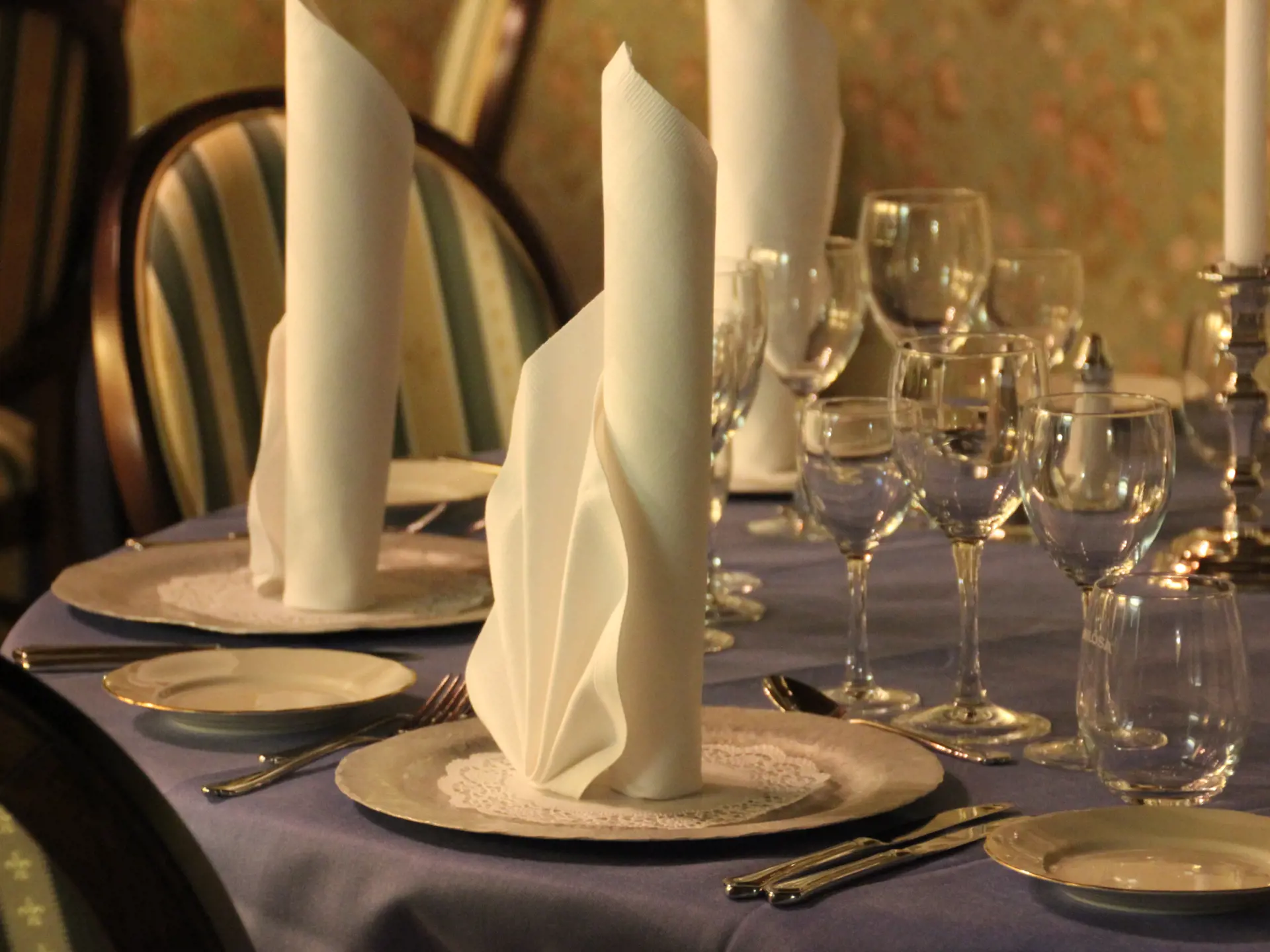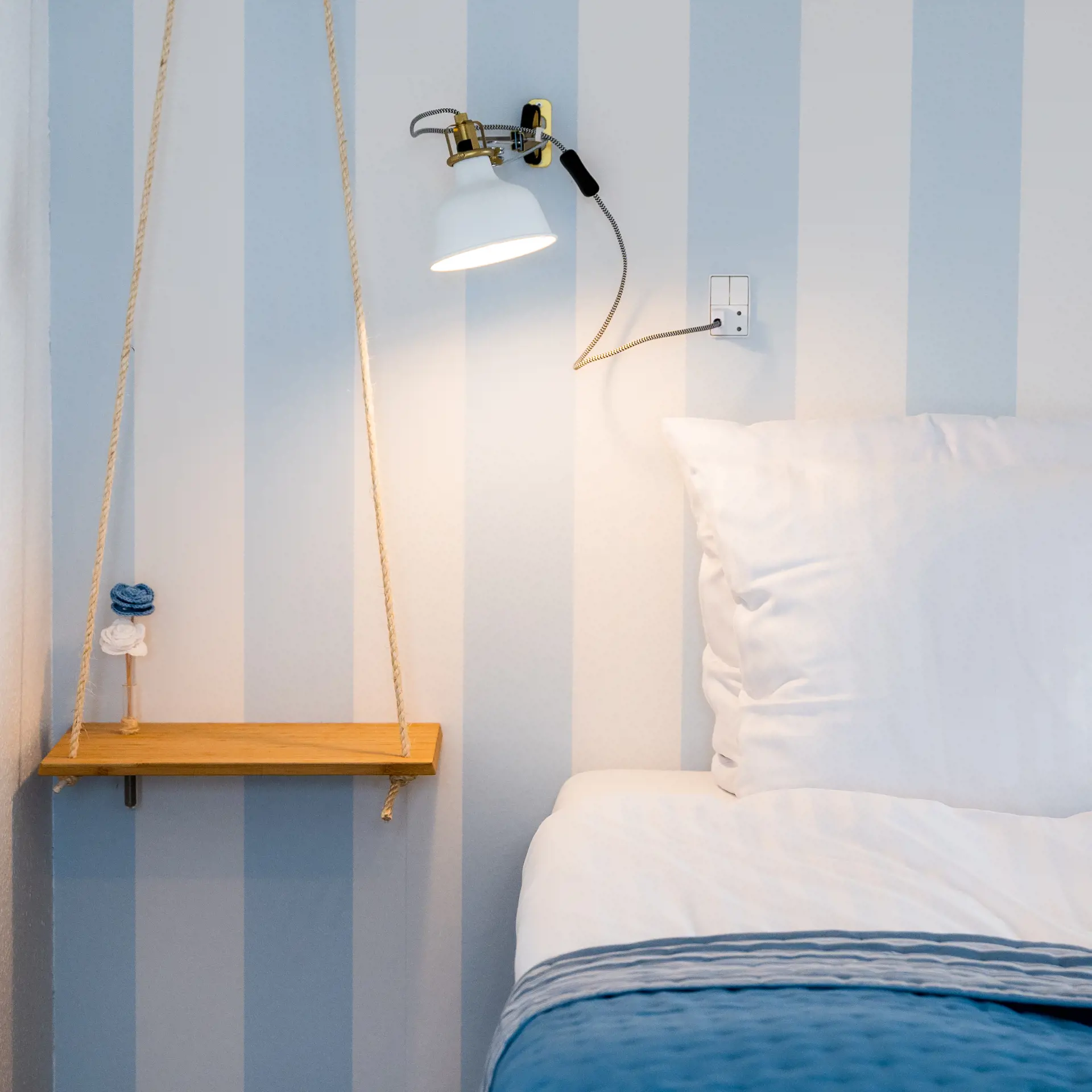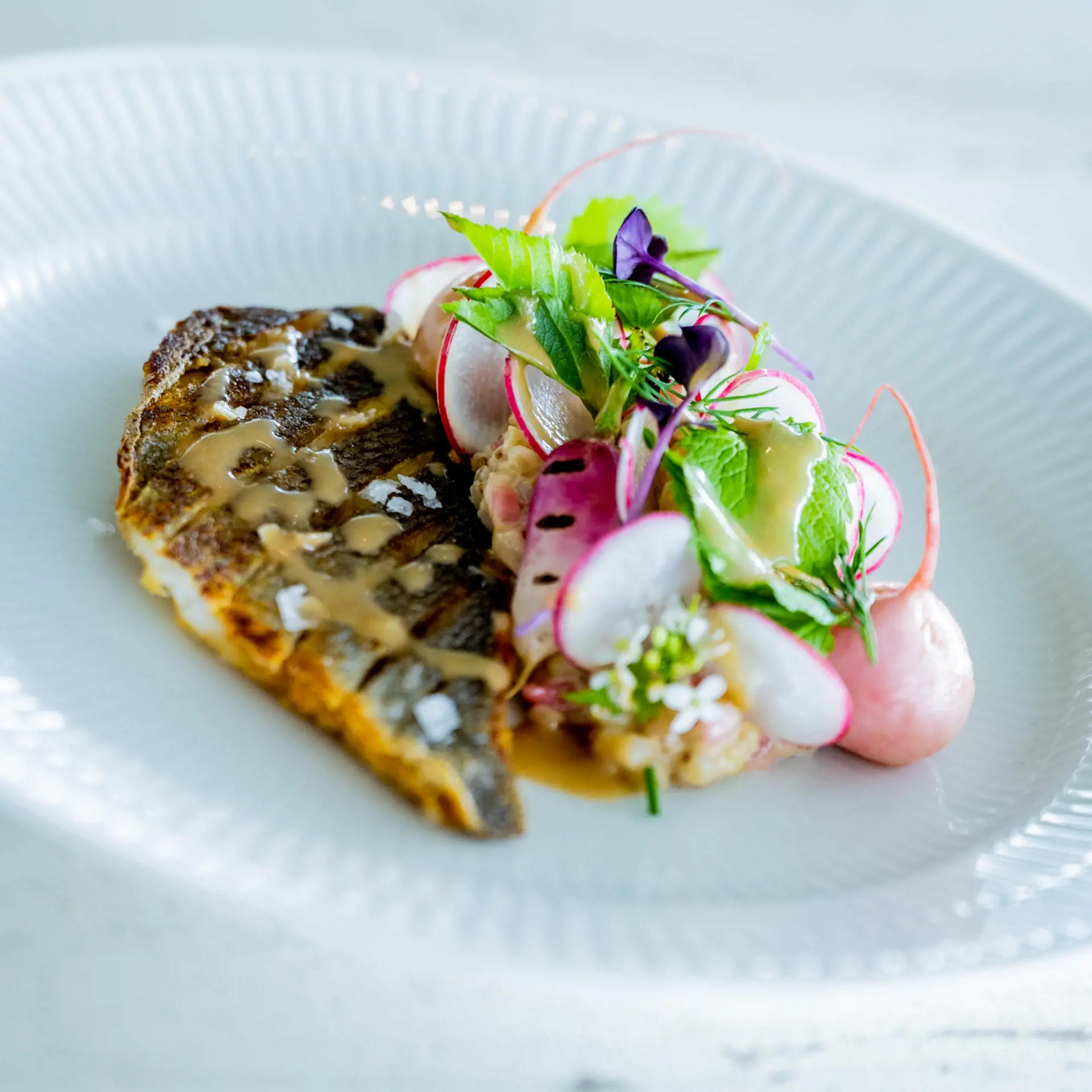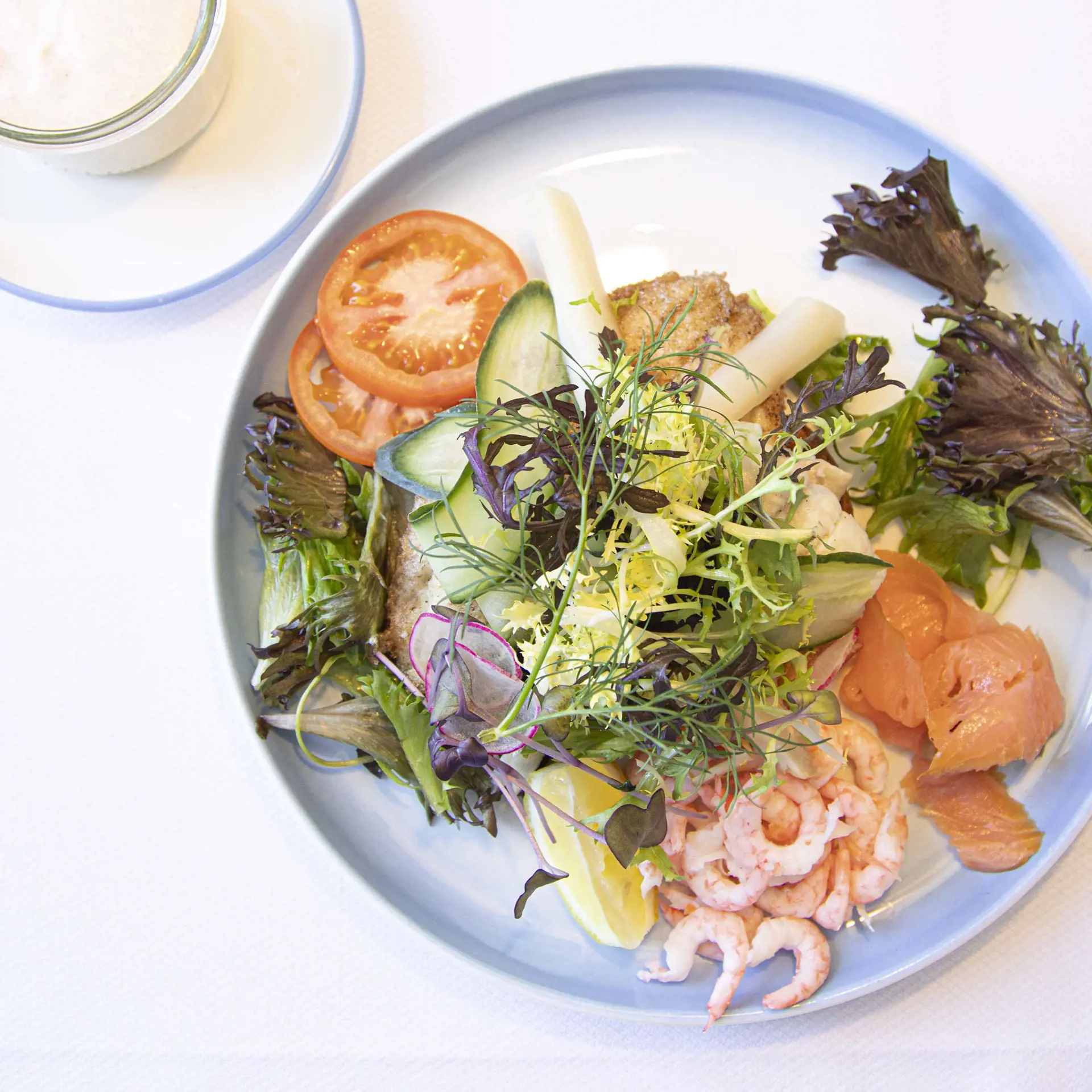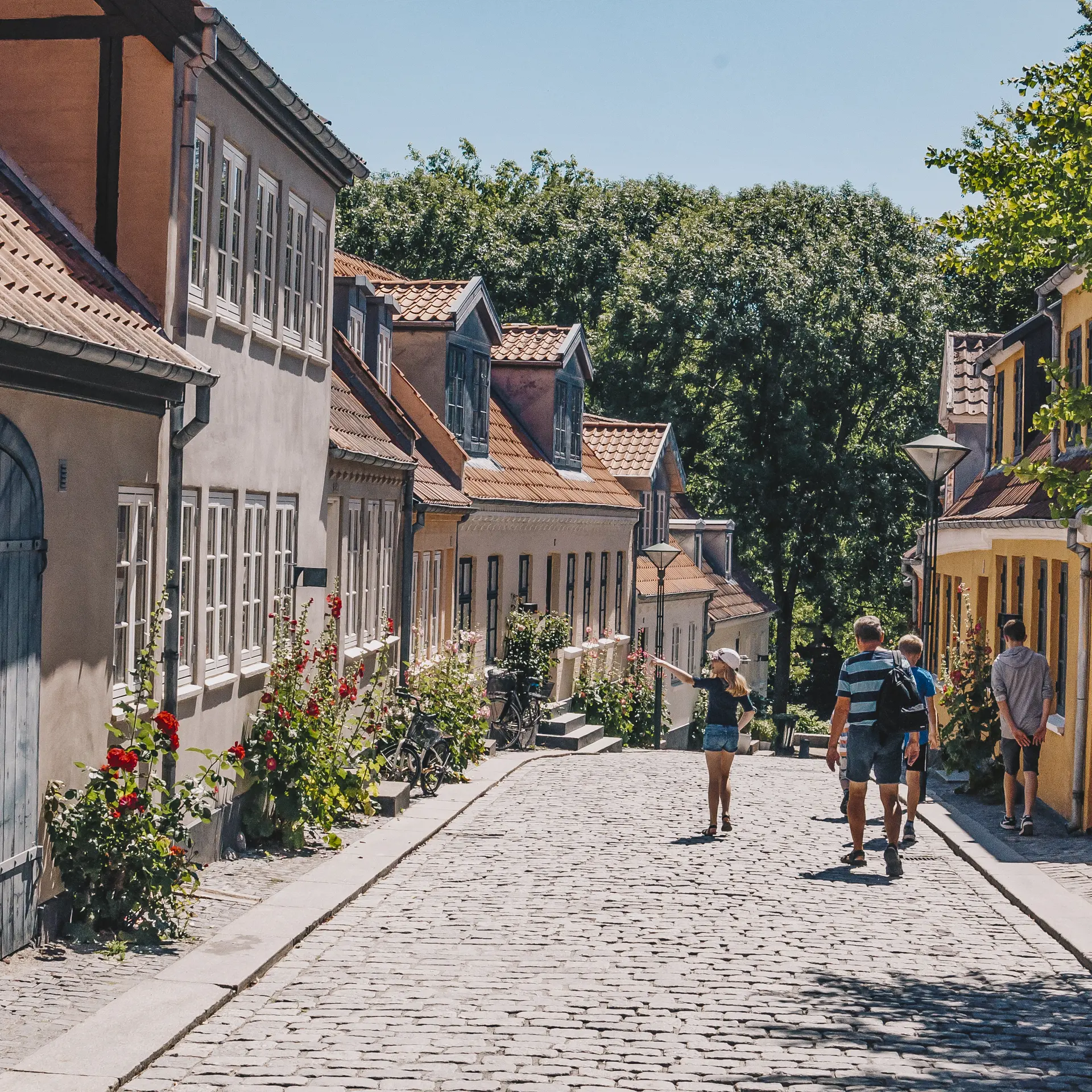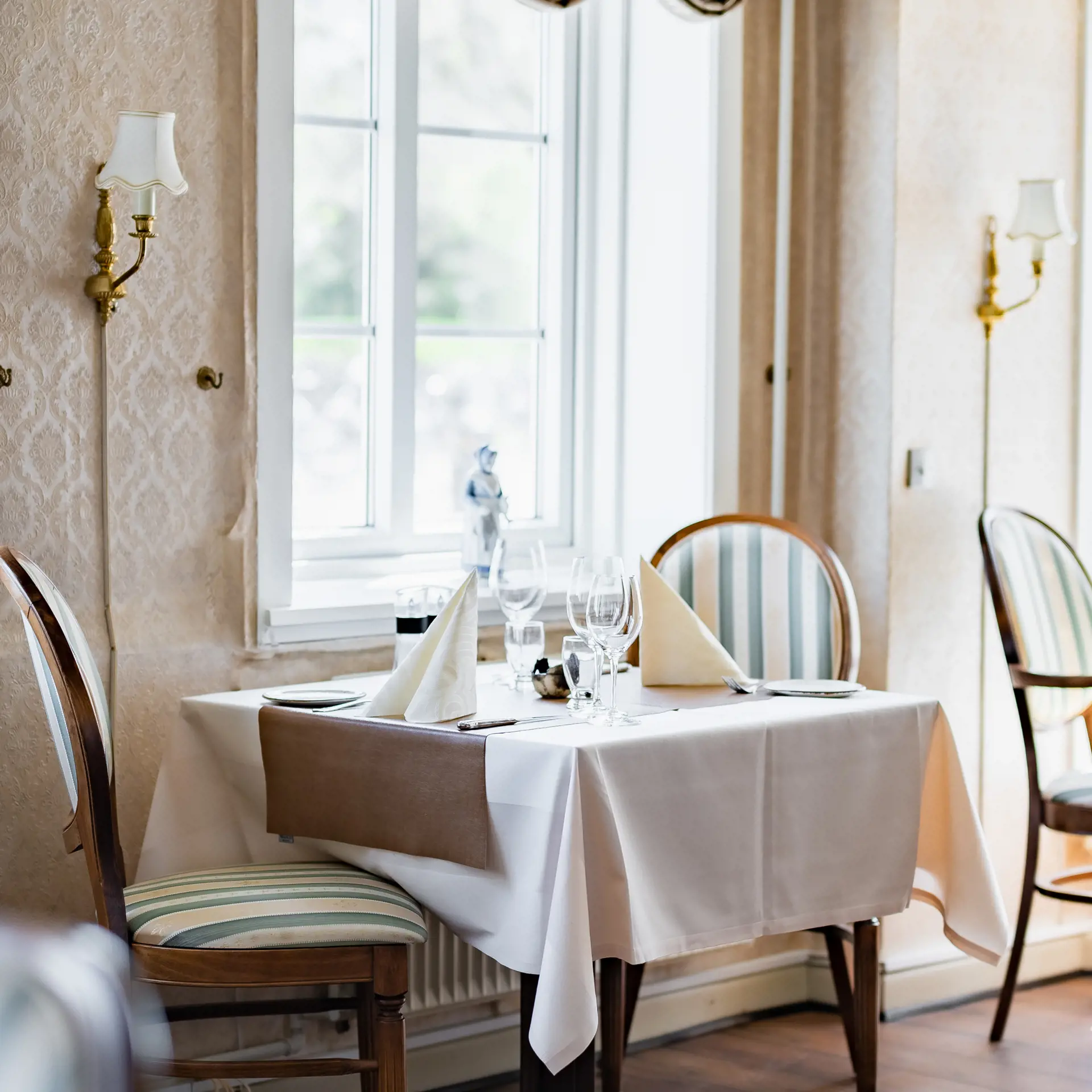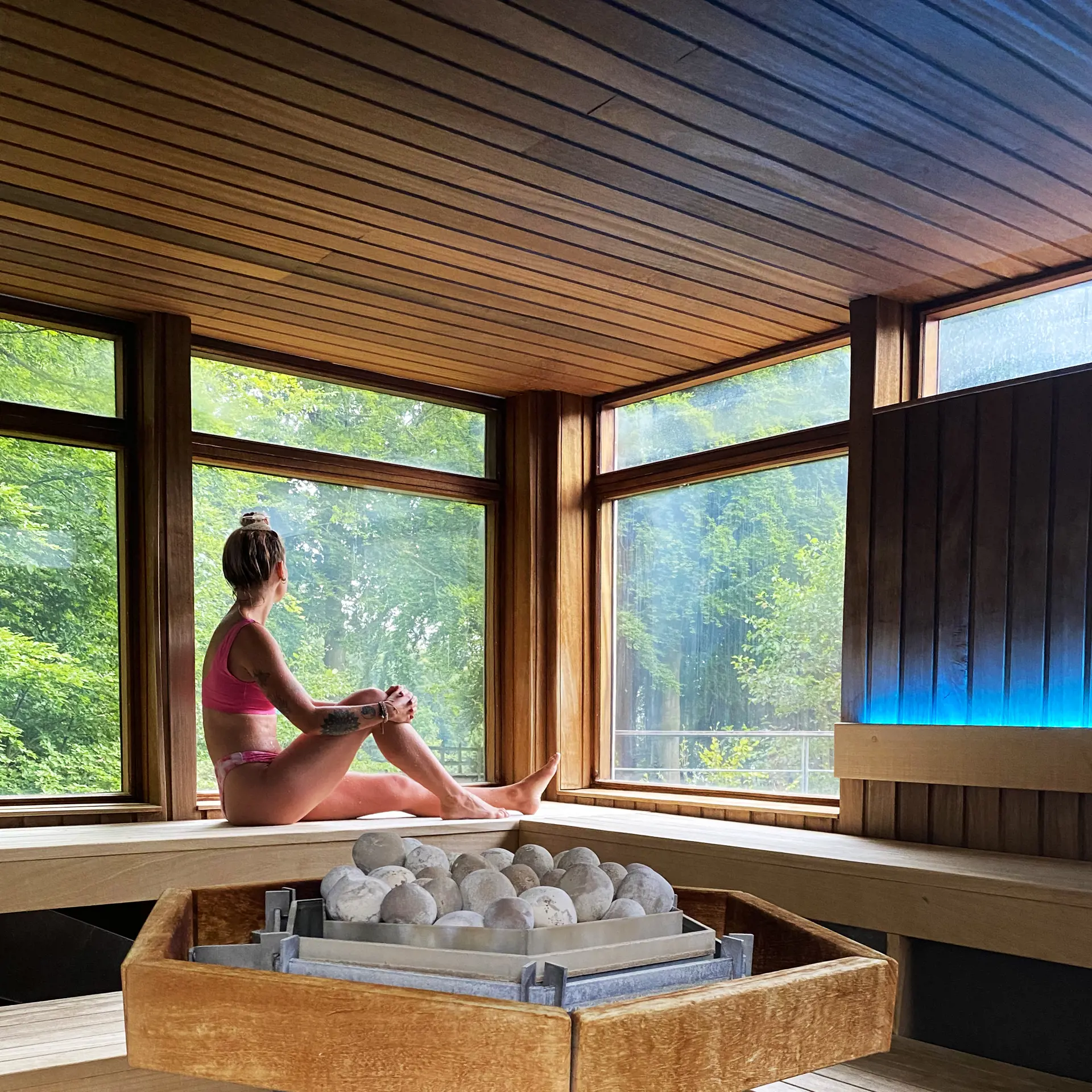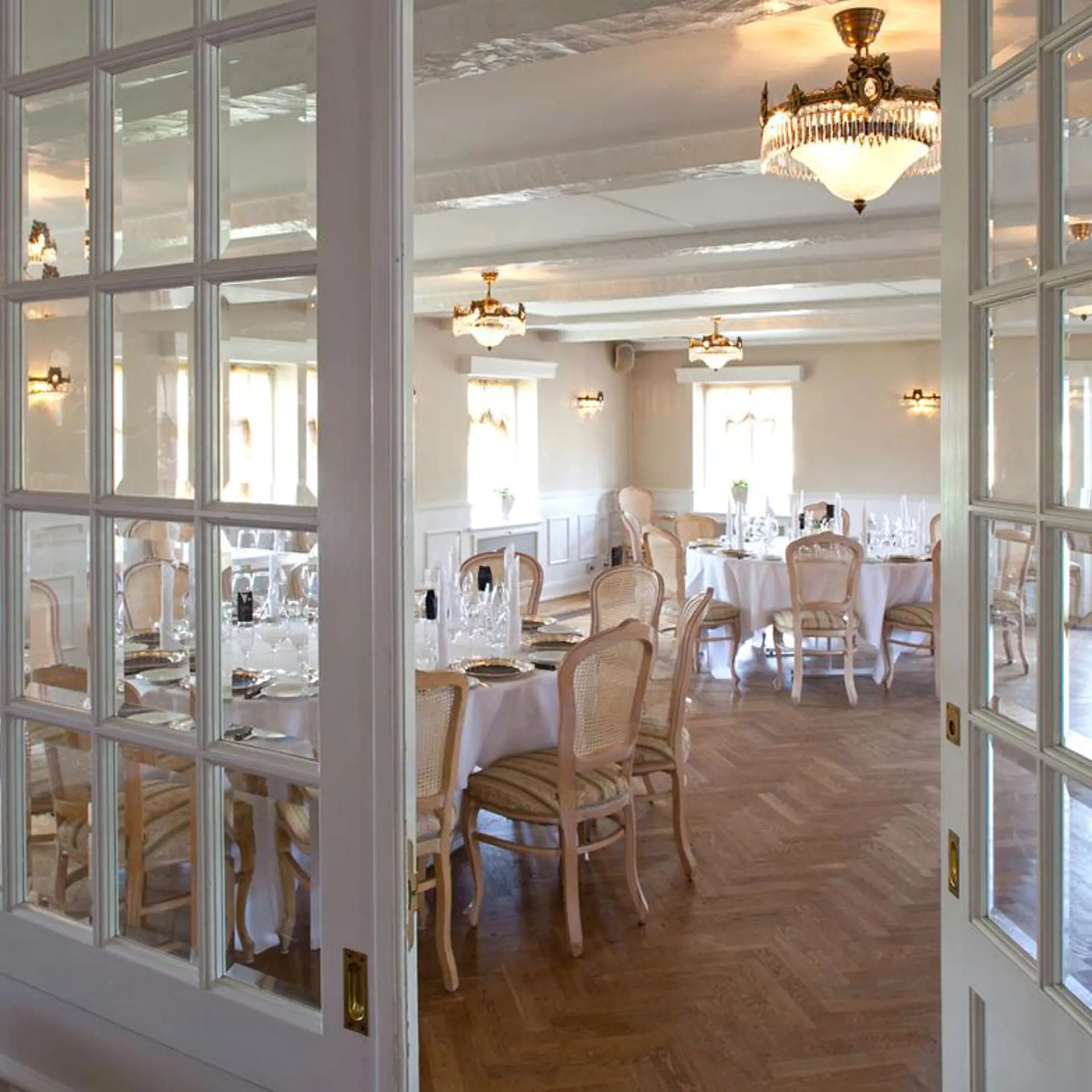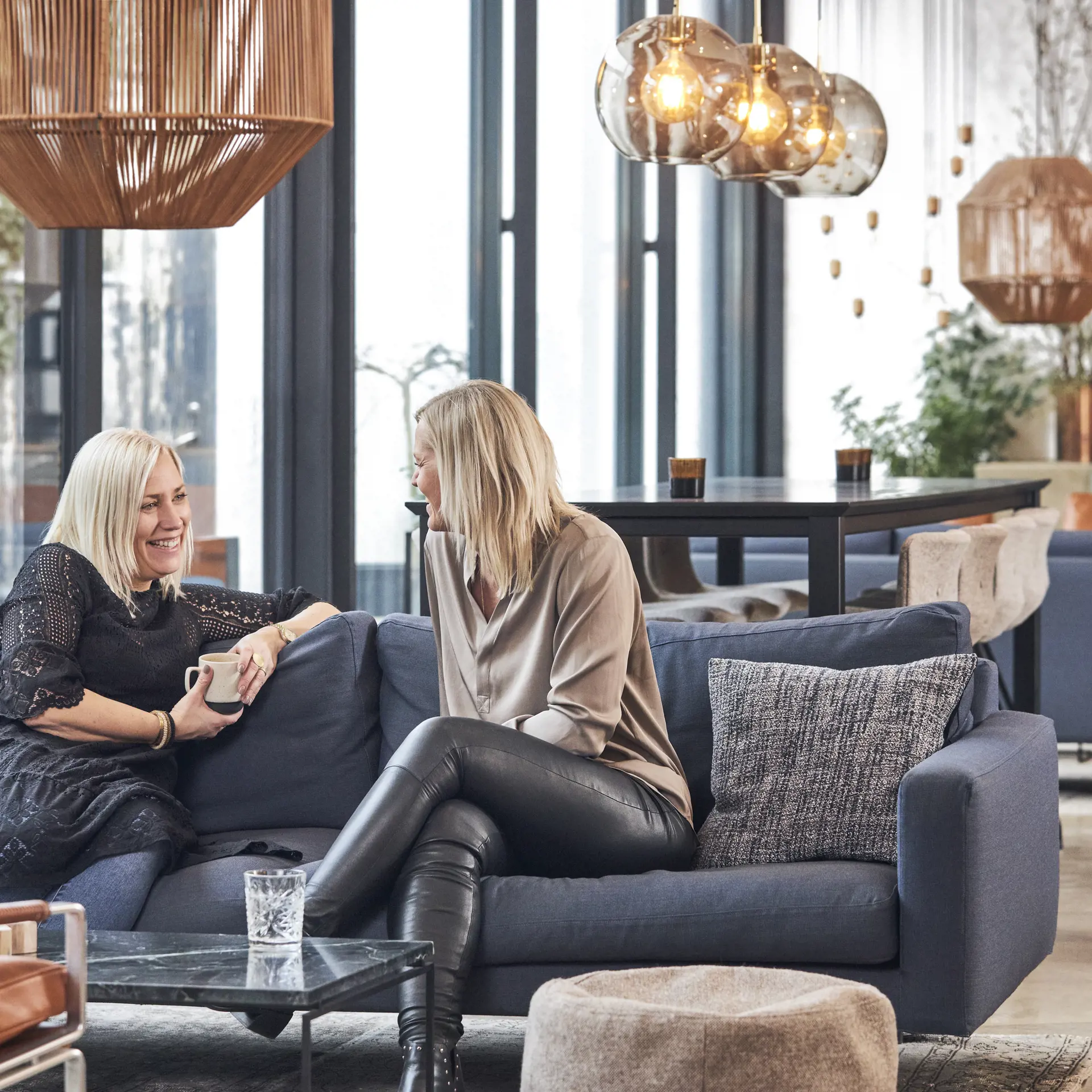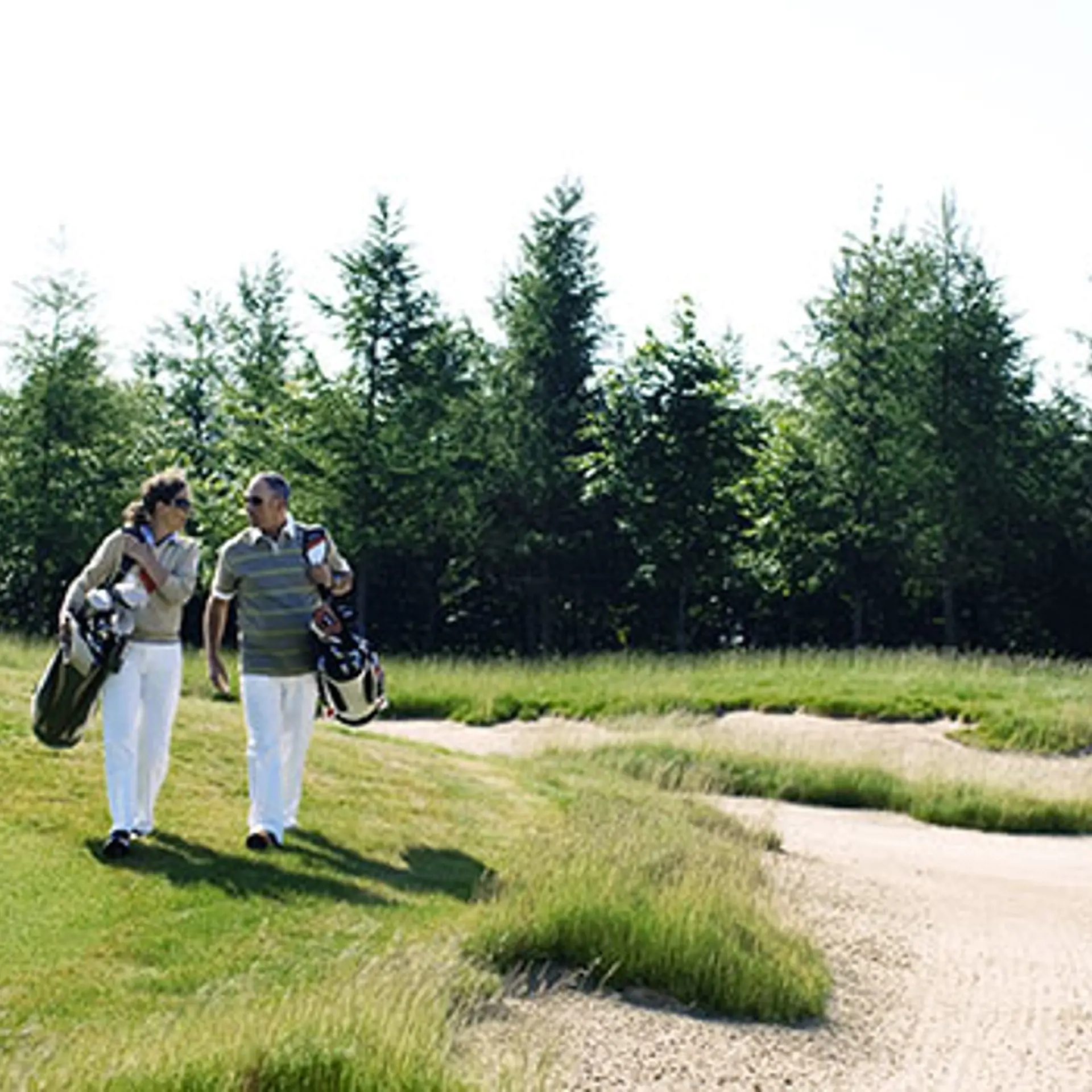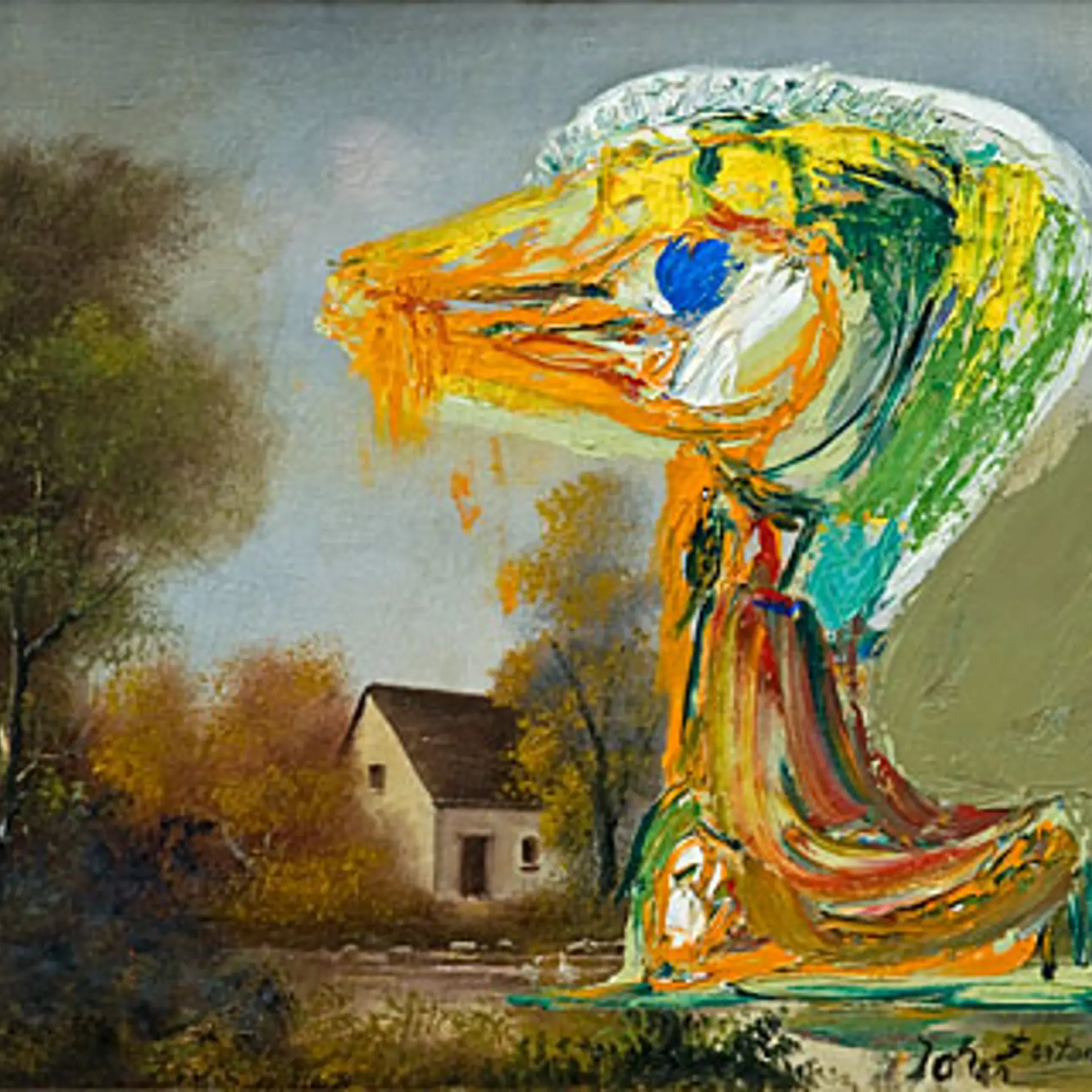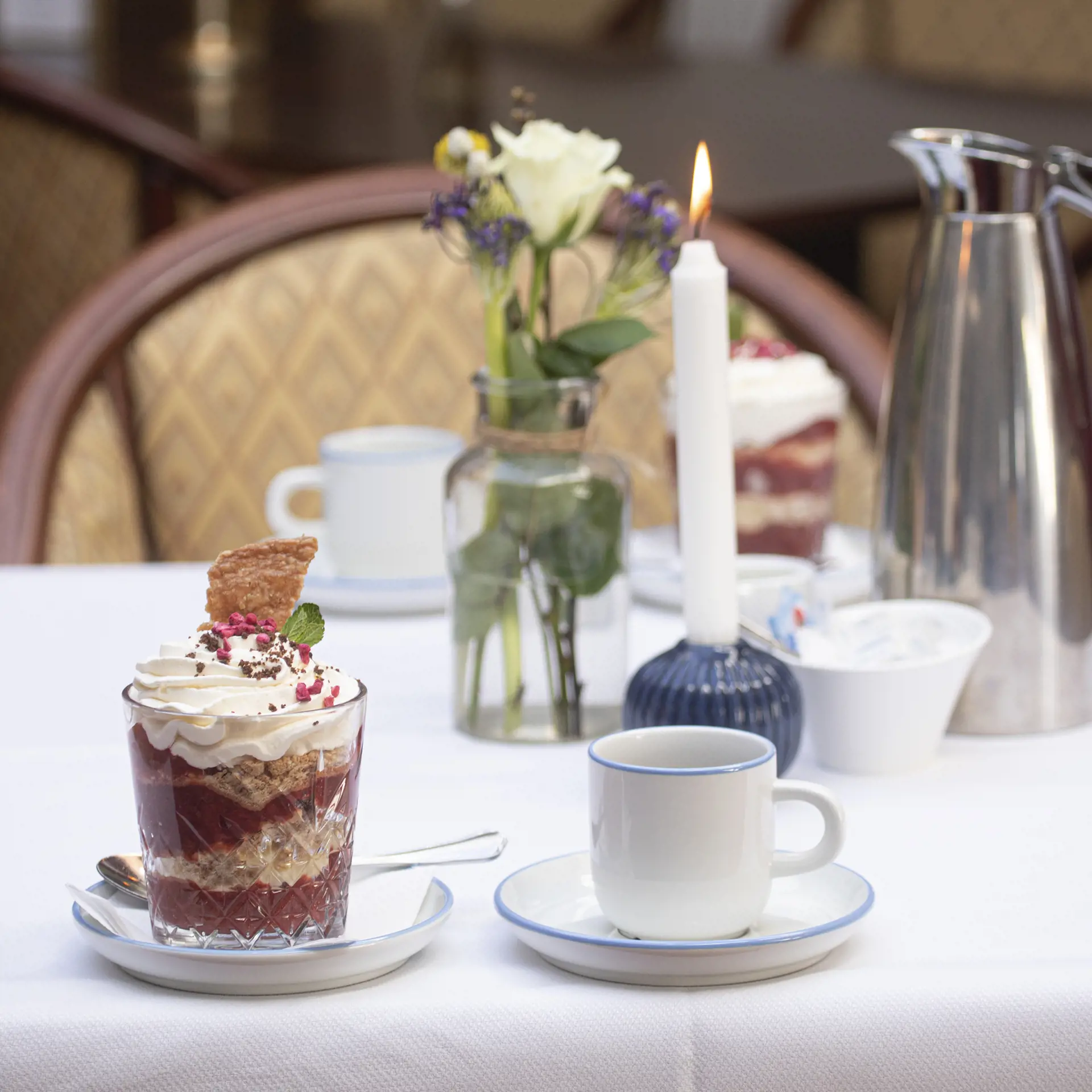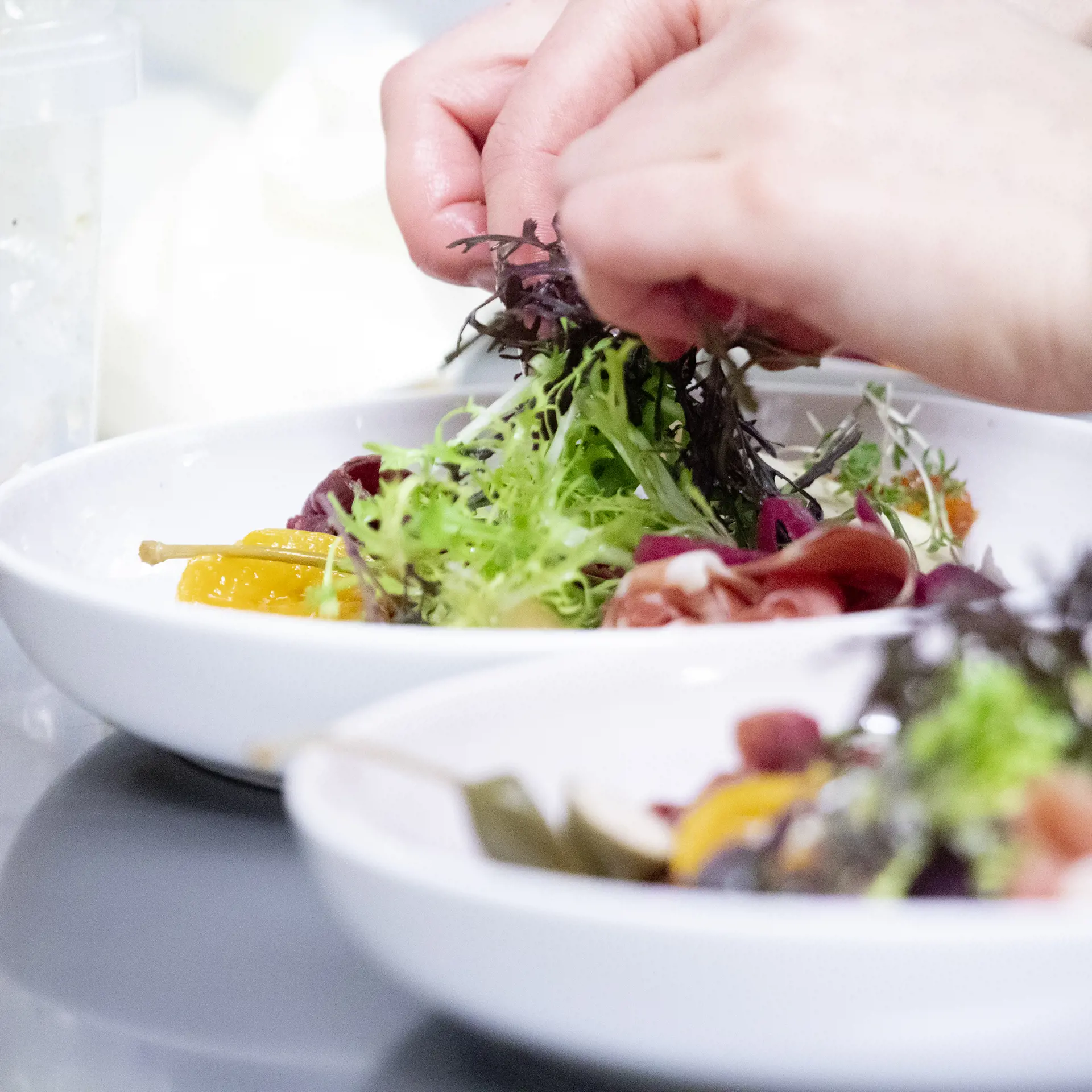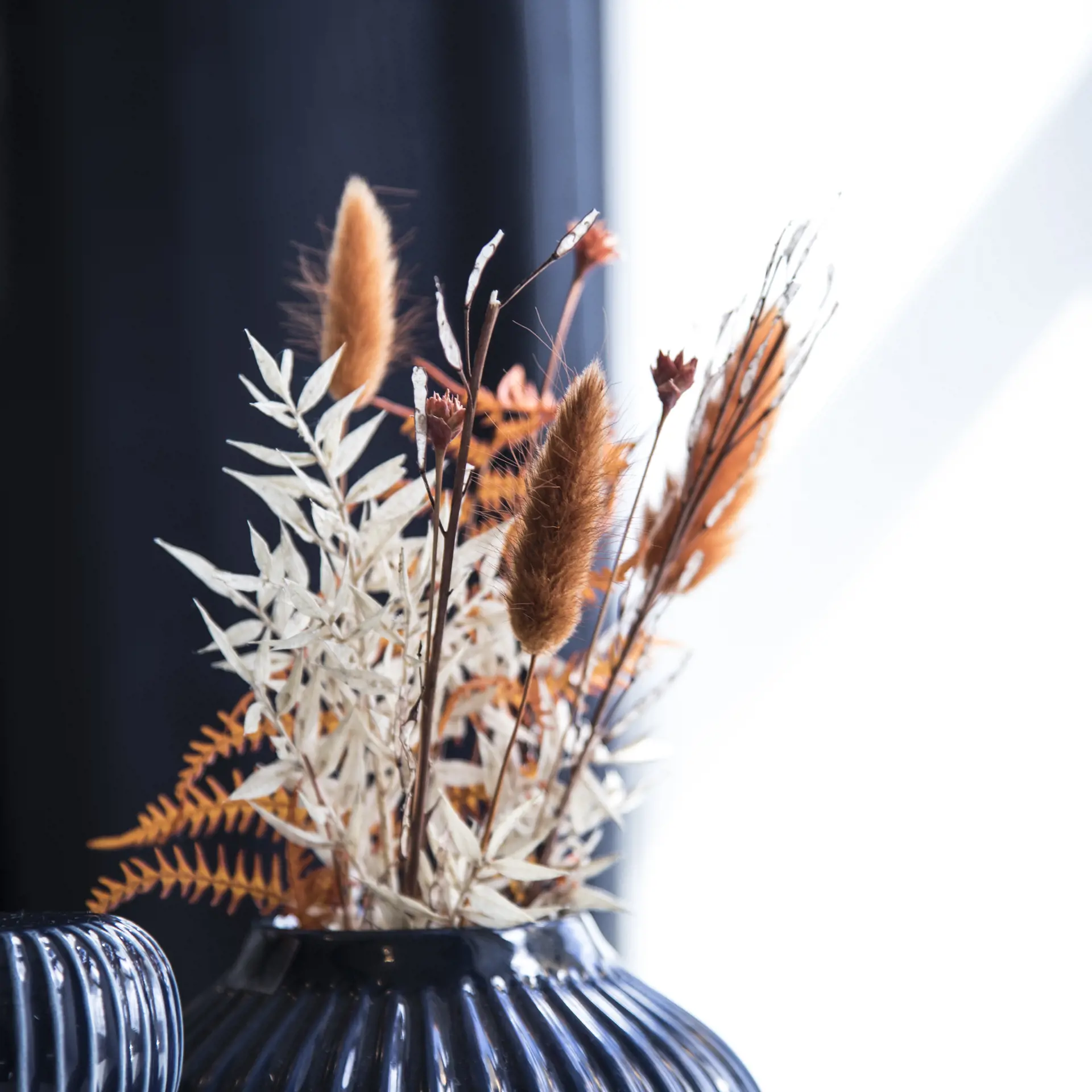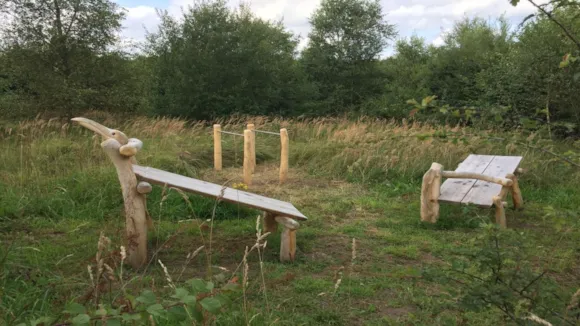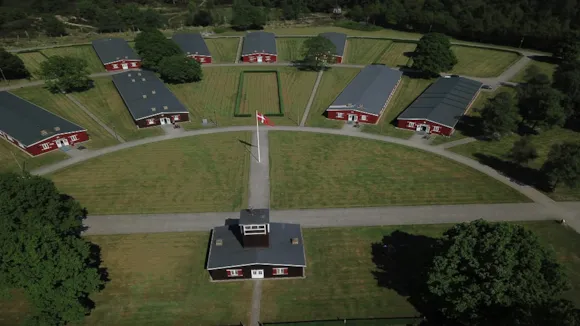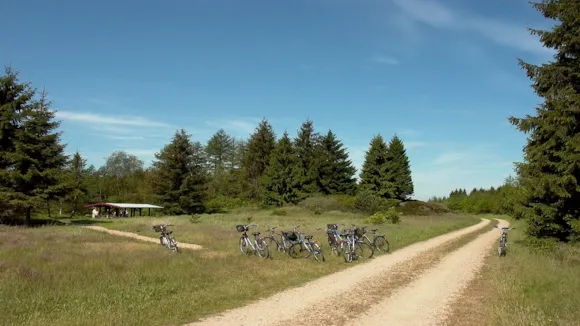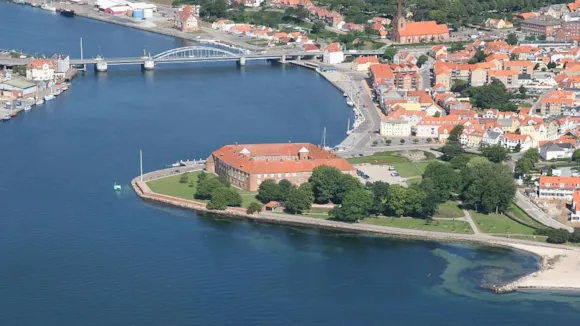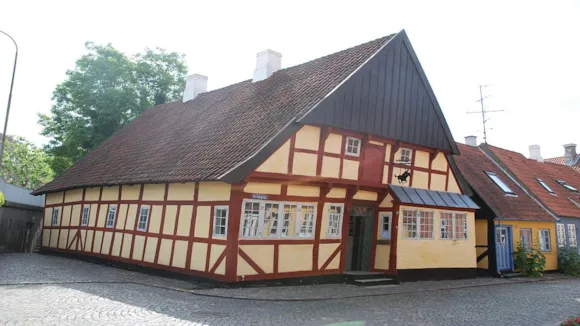The very first palace in Graasten was a hunting and leisure palace built in the midst of the 16th century. After it burned down in 1603, a new palace was built, probably where the current palace´s south wing is now.
Shortly before 1700 the Chancellor Frederik Ahlefeldt built an impressive Baroque palace, which itself unfortunately burned down in 1757, only leaving the palace church. The current Graasten Palace, or rather the south wing, thus originates from 1759. In 1842 the main building was added.
In 1935 the right of use of the palace was given to the late King Frederik IX and Queen Ingrid. Queen Ingrid was very interested in flowers and stood for the planning of the garden at Graasten Palace until her death in 2000. The interest in flowers and the garden was continued by her daughter H.R.H. Queen Margrethe II.
There is no public access to the buildings and rooms of the palace and as Graasten Palace Church is being renovated, it is also closed to the public until spring 2027.
The abdication in 2024
During the New Year's speech in 2023, HM Queen Margrethe II announced her abdication and on 14 January 2024, Denmark got a new king and queen in the form of King Frederik X and Queen Mary.
Summer residence
When the royal family is in residence at Graasten Palace, the area is closed to the public and there is no access to Graasten Palace Gardens and Church; The Palace Church will not be open for services and summer evening singing due to renovations.
2024
This was the first year we were able to receive the new royal couple, who travelled on foot from the official reception on the square to Graasten Palace. After the royal couple's departure from Graasten Palace, H.M. Queen Margrethe II stayed in the summer residence.
Summer residence 2025
Graasten Palace Gardens will be closed from the morning of Monday 30 June 2025 and will not open until the late afternoon of Friday 15 August 2025. The August date is subject to change.
Guard replacement
Once the palace is inhabited, a royal split flag goes to the top of the pole on the palace's bell tower and the Royal Life Guard sets up to guard. Every day there is a shift change of the Royal Life Guard. The guard starts from Det Gule Palæ, Ahlefeldtvej 5, where the new guard’s line up. Accompagniet by two tambours they march at 11.43 a.m. through Gråsten via Borggade, Torvet and Slotsgade to the palace, where the shift will take place at the guard house at 12.00. When King Frederik the X is in recidence, the march on Fridays is accompanied by the Royal Life Guards Tambour Corps and the changing of the guard takes place in the palace courtyard.
Fridays concerts
Will be held in the palace courtyard in connection with the changing of the guard during the royal couple's stay at the palace.
